Nombre:
Eskişehir
Otro:
Localización:
Tipo: Urbanismo
Categoría:
Foto:
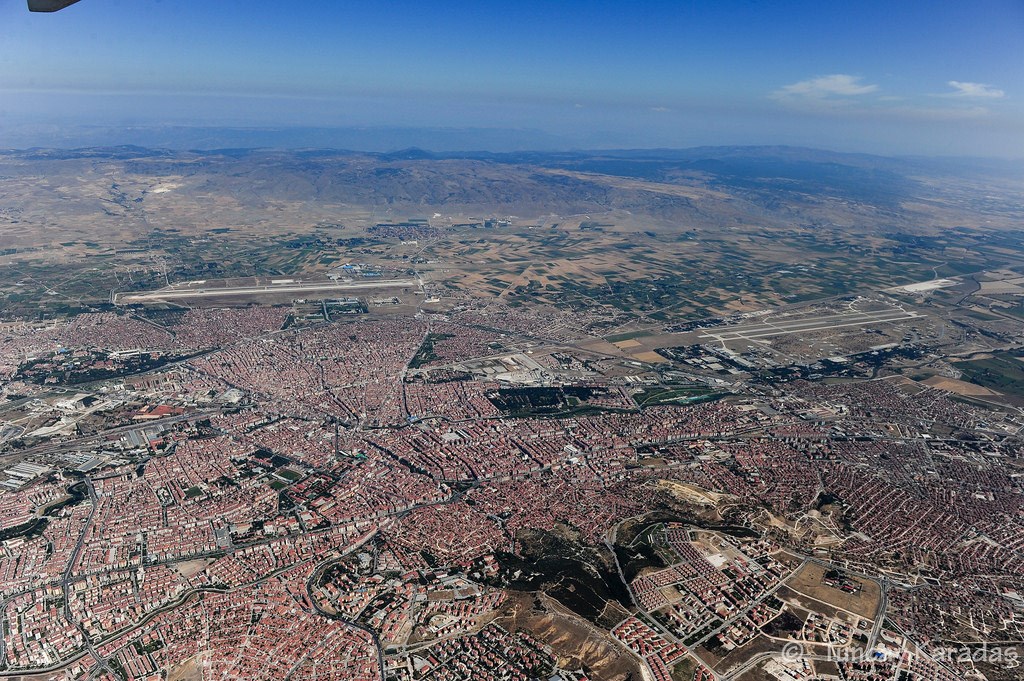
Voto:
Continente: Asia
País: Turquía
Localización: Capital de la provincia de Eskişehir
Año: 1000 a. C.
Estado: Terminado
Descripción:ESKİŞEHİR, LA CIUDAD DEL ORO BLANCO
18-12-2010 - 00:11h. Francisco Olmos | Hispanatolia
Gracias a una profunda transformación en los últimos años, Eskişehir es actualmente una bulliciosa y vibrante ciudad universitaria con amplios bulevares, paseos a la orilla del río y uno de los mejores transportes públicos de Turquía.


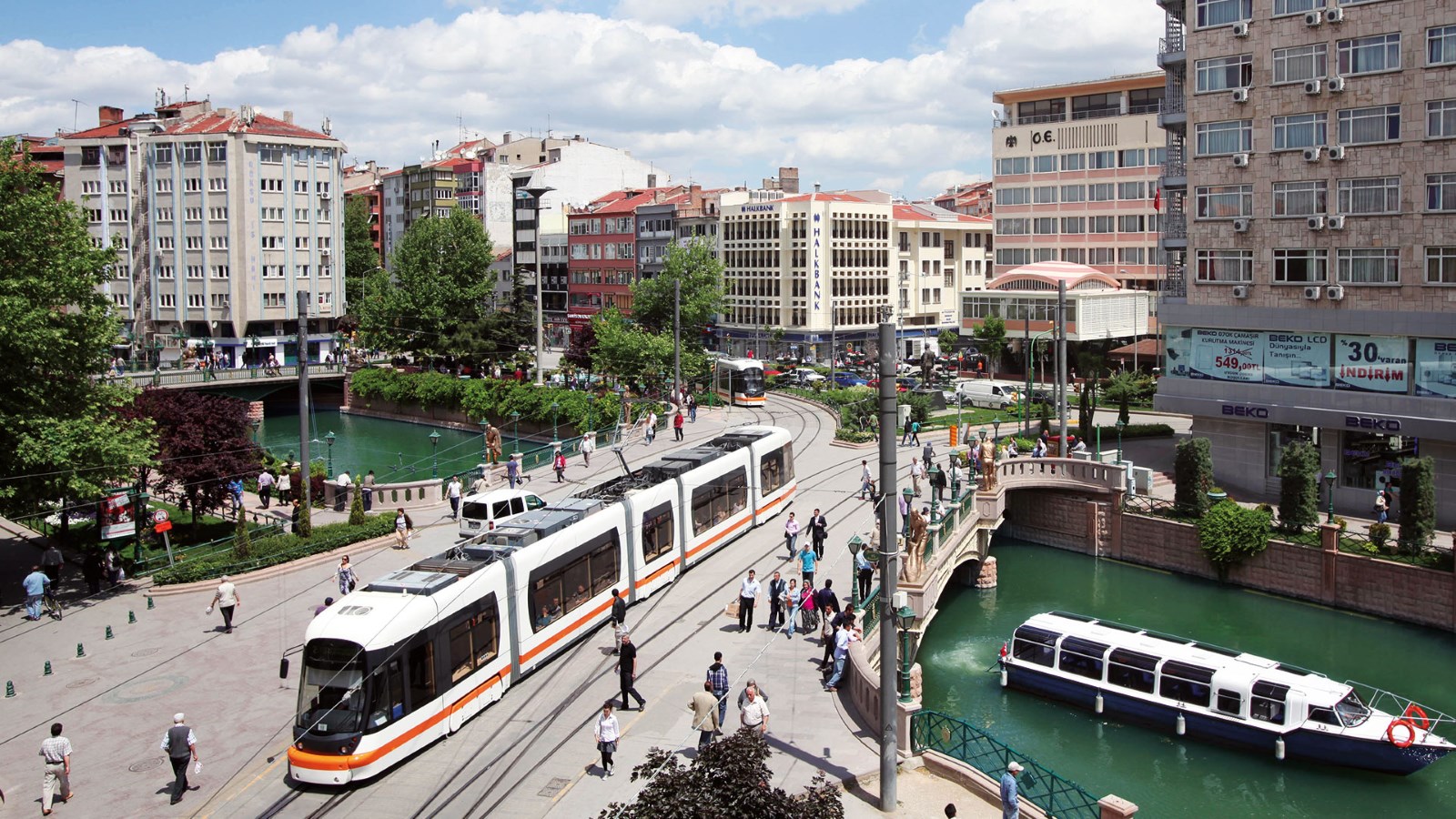
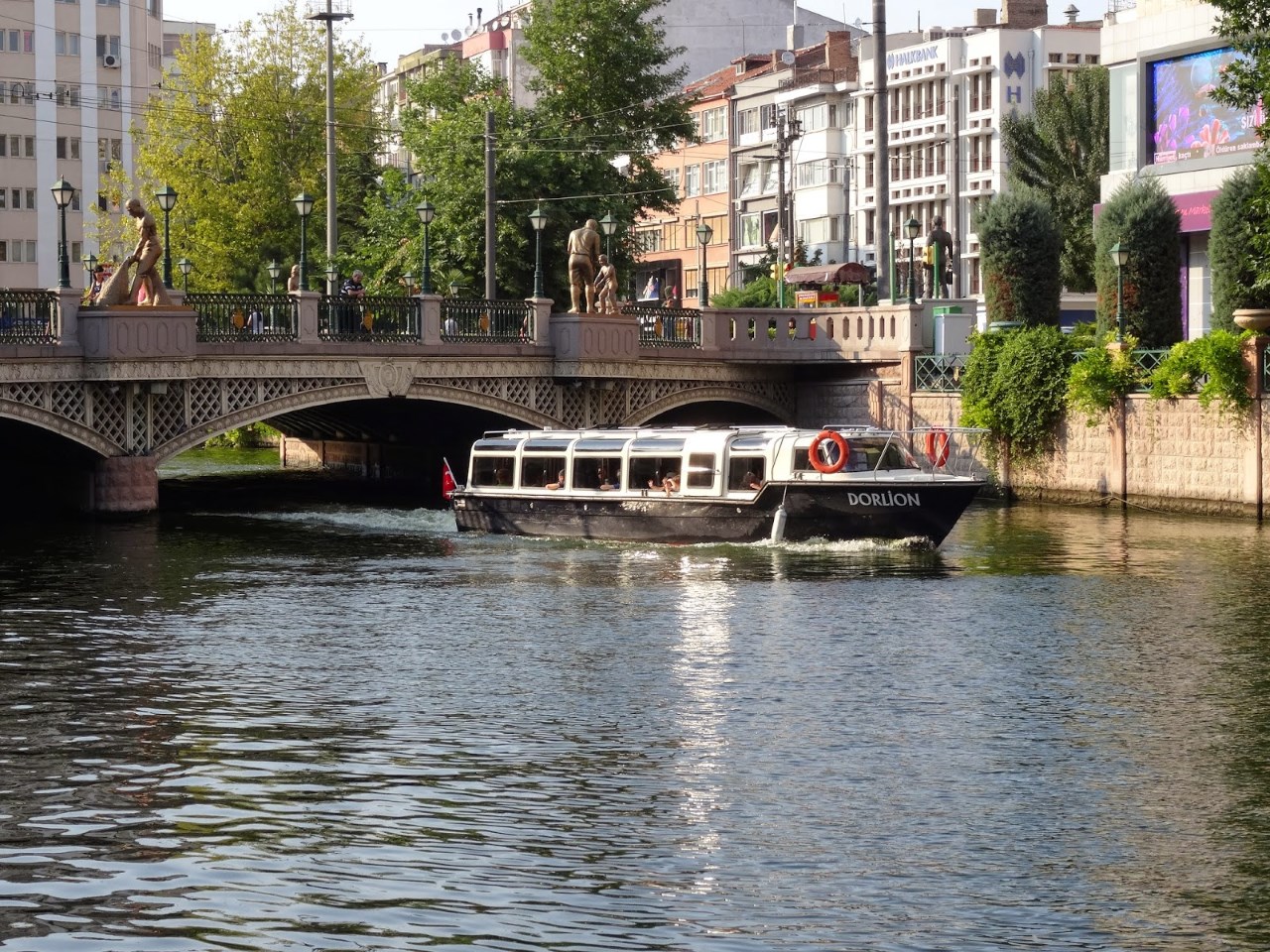




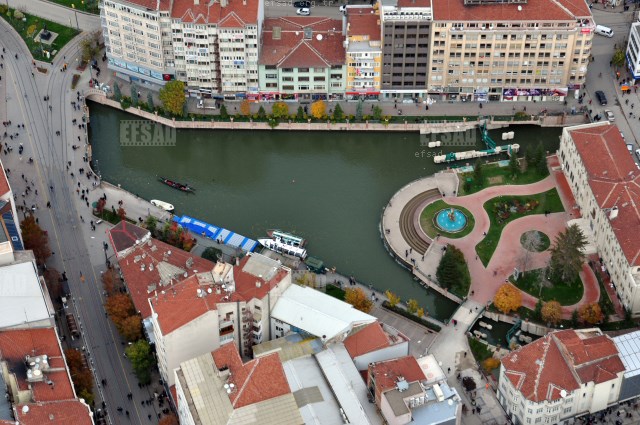
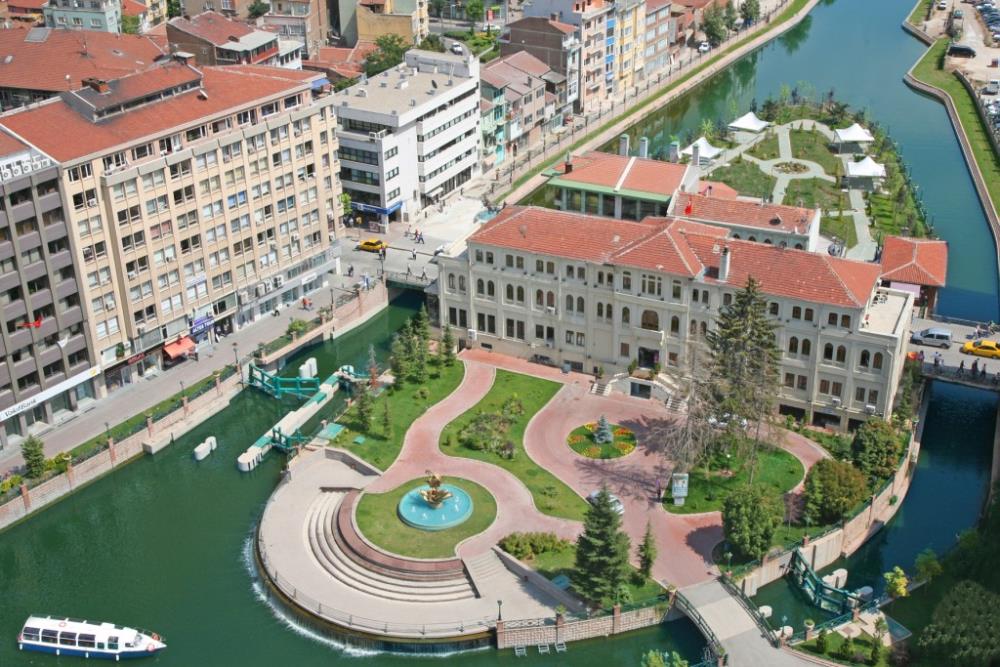


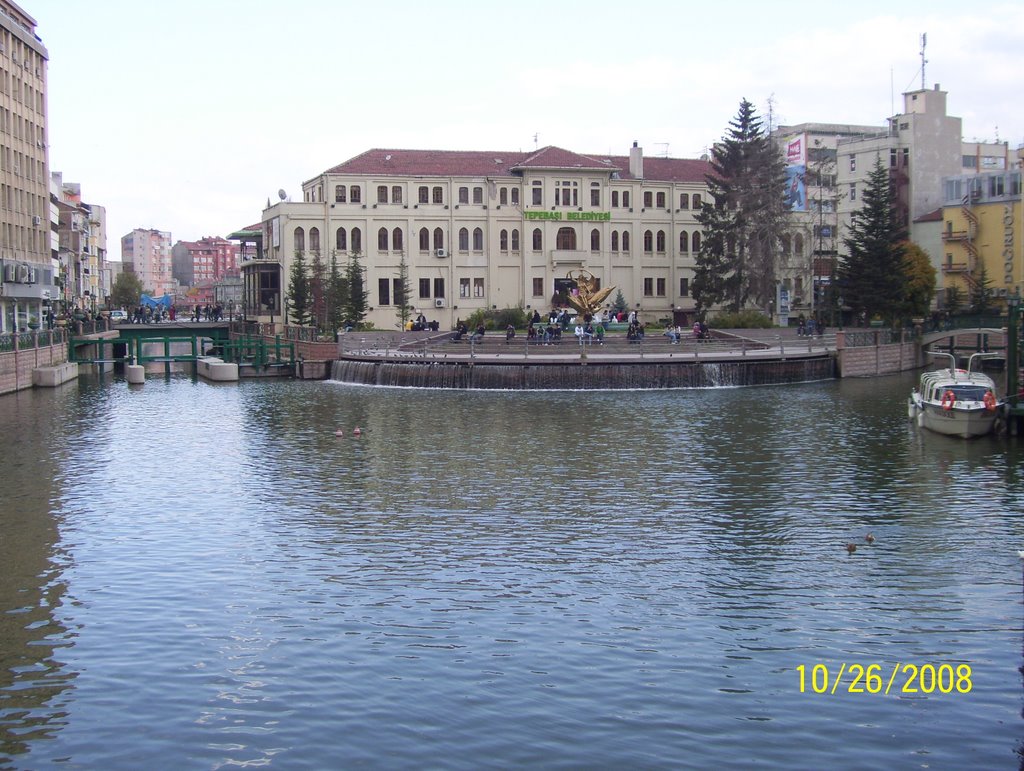







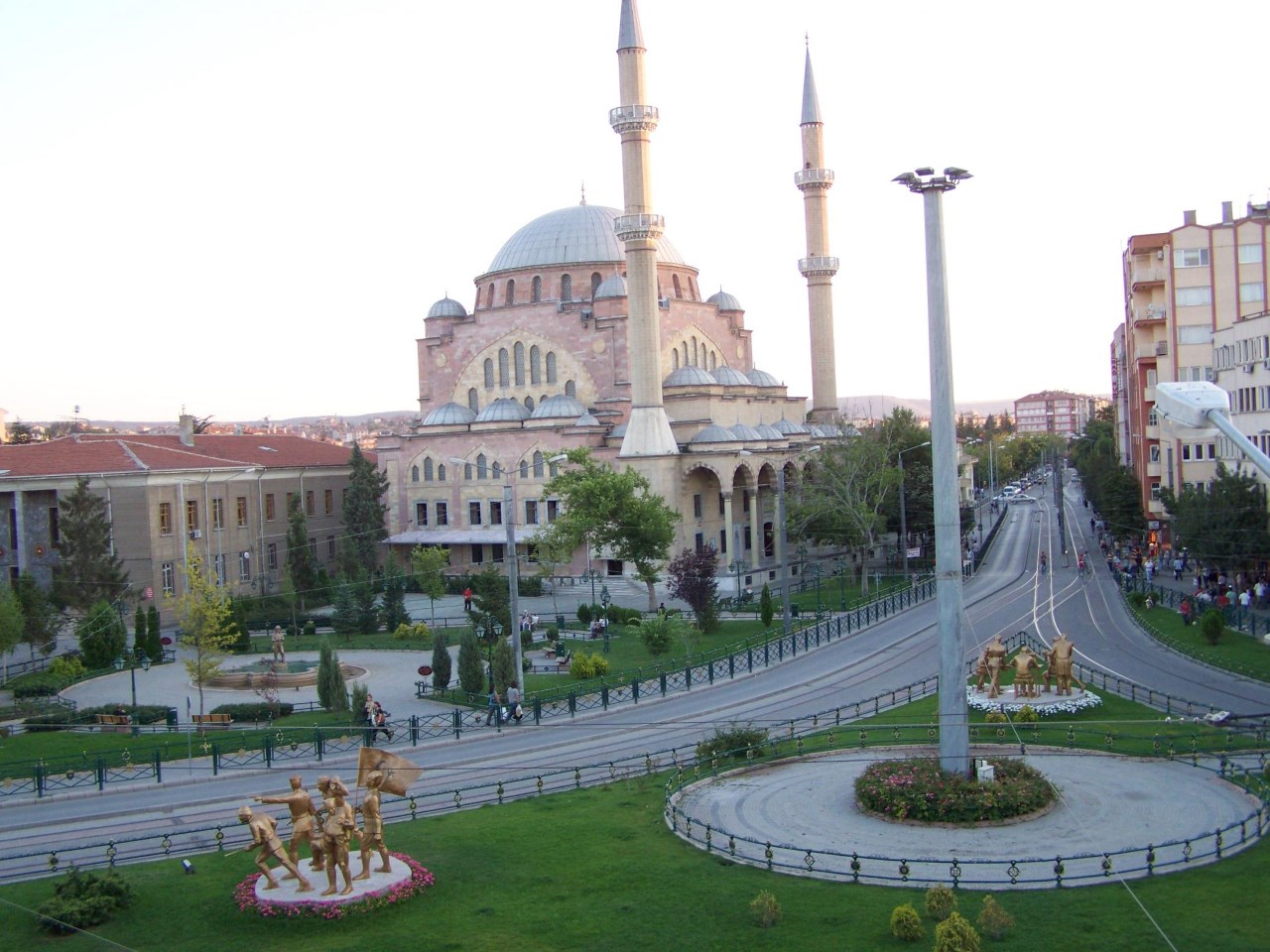
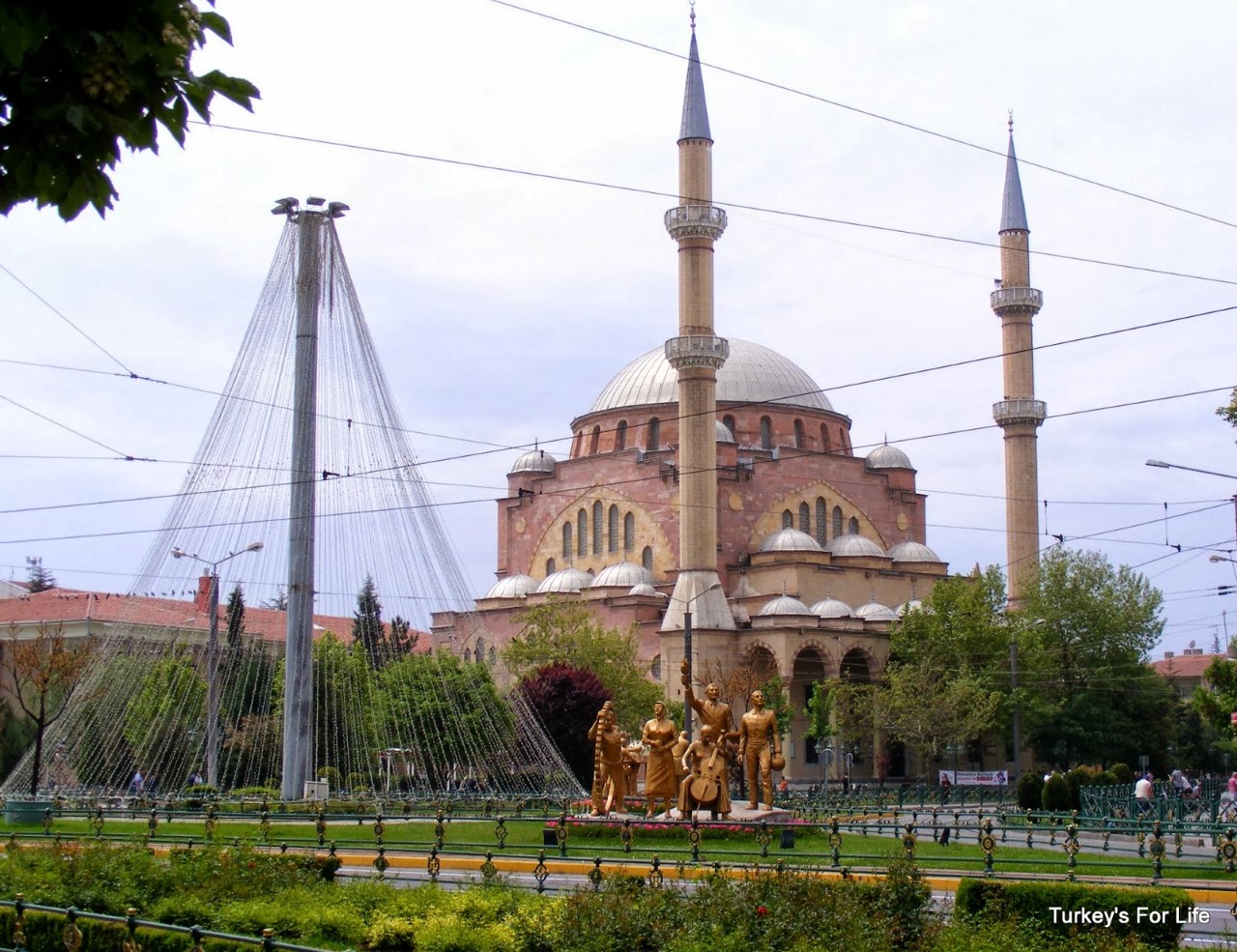

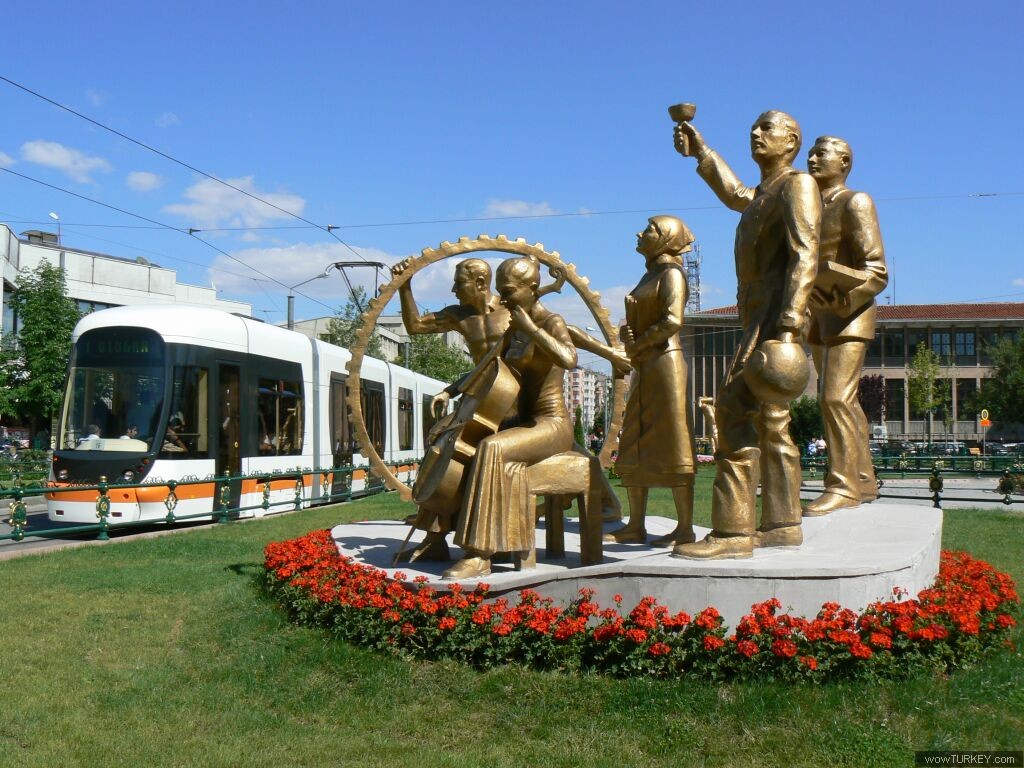
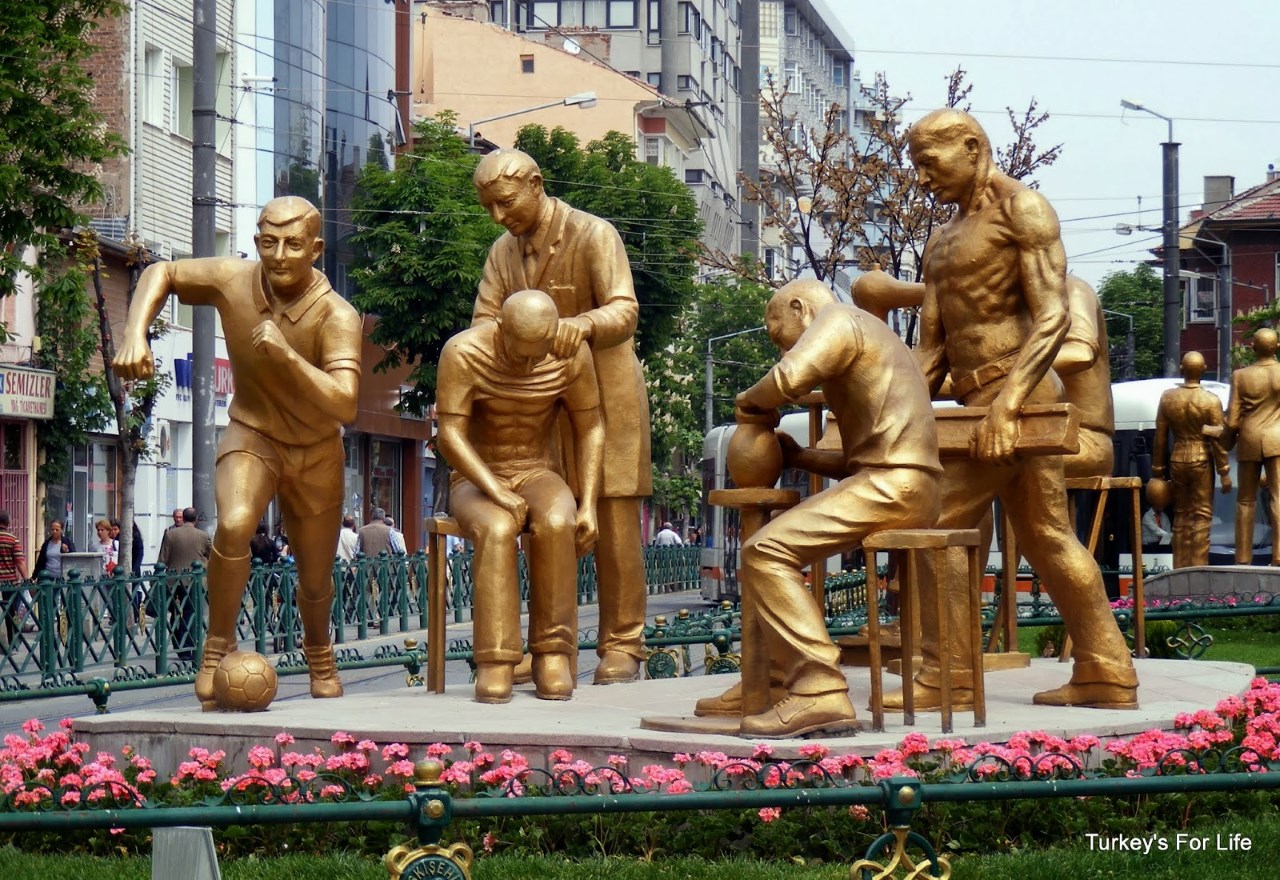
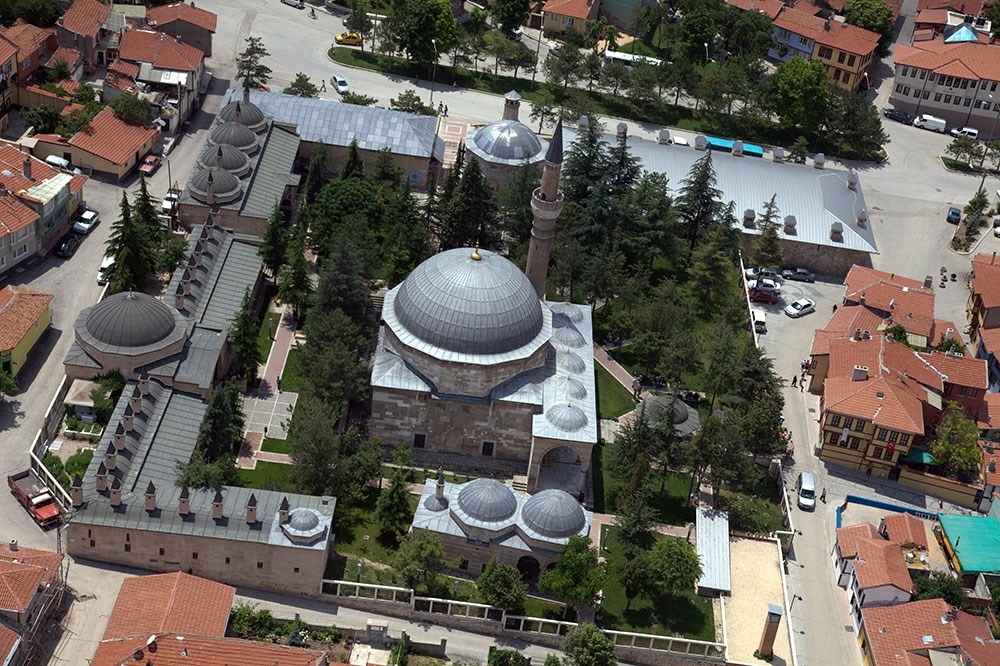

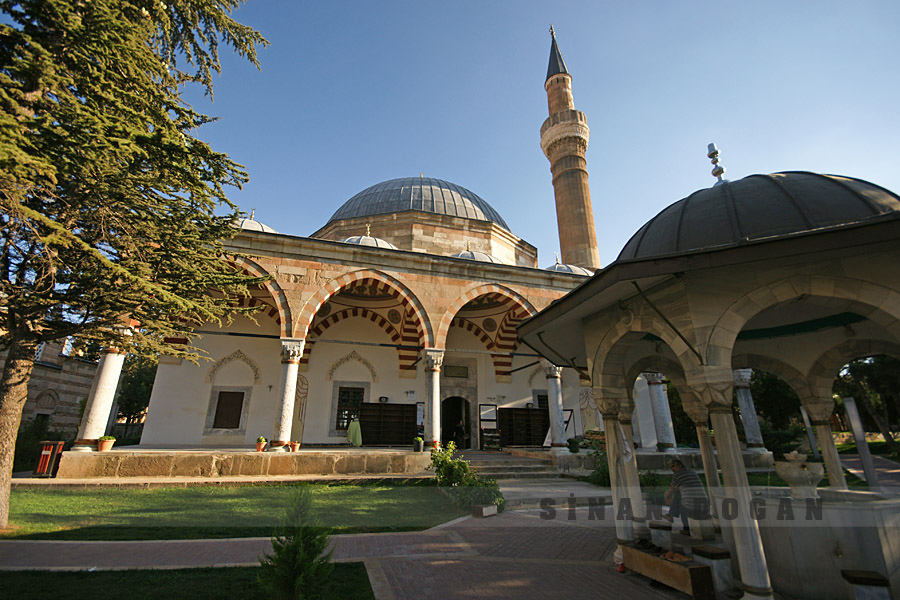


¡La diferencia que puede haber en unos años! En el año 2003 Eskişehir era una gran pero aburrida ciudad en la que era difícil encontrar un lugar decente para comer, pero que esperaba ansiosamente la llegada de su nuevo tranvía. Cinco años más tarde es una bulliciosa, vibrante ciudad universitaria con amplios bulevares adoquinados, paseos a la orilla del río y lo que es sin lugar a dudas el mejor transporte público de Turquía, exceptuando los de Estambul y Ankara.
Gran parte del cambio ha tenido como objetivo la restauración de la antigua parte de la ciudad, Odunpazarı, pero en realidad casi todo el centro de la ciudad parece mucho más animado de lo que antes era. Con un nombre como Eskişehir (Ciudad Antigua), este debería ser un lugar al que ir para encontrarse con monumentos antiguos. De hecho, el lugar tiene una larga historia, que se remonta a los hititas de quienes se dicen que se asentaron allí alrededor del 1460 a.C. Una leyenda local cuenta cómo los primeros pobladores cogieron los pulmones e hígados de tres ovejas y los colgaron en postes cerca del río Porsuk, en lo que es ahora el área de Odunpazarı y en Sarhöyük, que más tarde se convirtió en la ciudad de Dorylaeum; y ya que los órganos que estaban en Odunpazarı tardaron más en pudrirse, allí fue donde se asentaron sus habitantes. Los frigios se hicieron con la ciudad en el 700 a.C. y fundaron Dorylaeum, que pasó a manos celtas y romanas. Desafortunadamente, no queda casi nada de esta antigua ciudad, a excepción de un par de ricos capiteles que pasaron a formar parte de la Kurşunlu Camii, y algunos fragmentos que se encuentran en el Museo Arqueológico.
Inevitablemente los selyúcidas también ocuparon la ciudad y fundaron la Alaaddin Camii. Sin embargo, no fue hasta finales del Imperio Otomano cuando la ciudad experimentó un ‘boom’, que se vio acelerado con la llegada del ferrocarril a finales del siglo XIX. En esa época Eskişehir era un centro importante para el comercio de madera, exportándola de los bosques cercanos para pagar las deudas del Imperio Otomano. Antiguas fotografías muestran las carretas llenas de madera que ser reunían en lo que es ahora Odunpazarı (Mercado de Madera) Mahallesi, el barrio donde la mayoría de los turcos vivían. Recientemente esta área ha sido arreglada y te puedes pasar varias ahoras andando por sus calles adoquinadas con casas otomanas de brillantes colores.
Muchas de las casas antiguas son ahora pequeños cafés, pero merece la penar buscar la İsmail Alkılıçgil Fotoğraf Evi, donde hay fotografías de la antigua Eskişehir tomadas por un fotógrafo de nacimiento búlgaro que vivió allí hasta su muerte, a la edad de 75 años, en el 2003. Justo en frente, la Hafız Ahmet Efendi Konağı se remonta hasta 1717 y es un gran lugar en el que comer mantı (ravioli) en un apartado patio adoquinado. La Beylerbeyi Konağı, cerca de la Kurşunlu Camii, acoge las peculiares colecciones de un antiguo farmacéutico, incluyendo una recreación de su tienda y un polvoriento armario lleno de miembros artificiales. Aunque no te parezca muy interesante merece la pena de todas formas para ver cómo era una casa típica de Eskişehirli, con un espléndido techo de madera en el piso superior. Incluso mejor, no te olvides de visitar el restaurante Osmanlı Evi - Tel.: ( 90) (222) 220 7600 – que se encuentra en una preciosa casa antigua.
El punto principal del distrito de Odunpazarı es el complejo de la Kurşunlu Camii, que se remonta al 1525 y aún conserva sus cocinas y su biblioteca. Actualmente está siendo restaurado. También merece la pena visitar el Atlıhan, un carvanserai al que los leñadores de los pueblos cercanos iban a dormir una vez que habían vendido la madera, antes de volver a sus hogares. Este lugar también ha sido restaurado y ahora acoge a una multitud de pequeñas tiendas artesanales, la mayoría de las cuales venden objetos hechos de la blanca luletaşı (espuma de mar), una piedra porosa que es perfecta para las pipas de tabaco. La espuma de mar se obtiene de minas de pueblos cercanos a Eskişehir como Kozlubel y Sepetçi Köyü, que también se hace llamar Beyaz Altın (Oro Blanco) en honor de su fuente de riquezas.
Pero la moderna Eskişehir tiene mucho más que ver que Odunpazarı. La mejor forma de ir a Köprübaşı, el centro de la ciudad, desde Odunpazarı es ir andando por la peatonal Hamamyolu Caddesi. En el siglo XIX esta era la parte de la ciudad en la que vivían las comunidades griega y armenia. Desafortunadamente en 1922, al final de la Guerra de la Independencia turca el ejército griego en retirada quemó esta área así que ahora parece completamente moderna. Sin embargo, es una de las partes de la ciudad más animadas, con el arrollo, que nutre a una serie de fuentes, y estatuas a lo largo de la calle por la que los habitantes de Eskişehir caminan, mirando las sugerentes delicatessens y las tiendas de helados que allí se encuentran.
Al final de la Hamamyolu Caddesi en Köprübaşı hay una serie de hamams (baños turcos), mayoritariamente para hombres, que se aprovechan del agua termal que sale a la superficie a una temperatura de 55ºc. Este parte de la ciudad fue conocida como Sıcaksular (Aguas Calientes), y fue donde los gobernantes romanos y bizantinos tenían sus palacios. Nada queda de estos edificios, así que deberías dirigirte hacia la cerca Tepebaşı, donde se encuentra el ayuntamiento en una pequeña isla dentro de un buen ejemplo de la Primera Arquitectura Nacional. Esto fue el Hotel Porsuk que tenía una magnífica vista sobre el río Porsuk. Tomando como ejemplo la rehabilitación urbana de Manchester y Birmingham, el río ha sido limpiado, encauzado para evitar que se desborde y dado amplios bulevares peatonales a ambas orillas. Estos bulevares están llenos con todo tipo de lugar en los que beber y comer, de simples cafés de narguiles a restaurantes a la última moda como el Pi-licci y la 222 Brasserie. Puede que el Porsuk no sea el Sena de Paría o un canal de Ámsterdam, pero aún así es posible dar un paseo por él en un barco con el techo de cristal, lo que es una gran forma de apreciar el gran número de puentes que atraviesan en río.
Eskişehir también es una muy buena base para una excursión por el Frig Vadısı (Valle Frigio) hasta Midas Şehri/Yazılıkaya donde hay un gran piedra con inscripciones hechas en la roca, junto con otros recuerdos de un perdido asentamiento frigio. Por el camino puedes visitar Seyitgazi donde se encuentra la tumba del héroe del siglo VIII Battal Gazi, situada dentro de una magnífica mezquita del siglo XIII.
Dónde alojarse
De momento, Eskişehir no tiene muchos buenos sitios en los que poder hospedarse, aunque un nuevo hotel boutique ha abierto sus puertas en Yeşil Efendi Sokak, en el distrito de Odunpazarı.
Has Hotel Termal Tel.: ( 90) (222) 231 9191
Şale Oteli Tel.: ( 90) (222) 220 7320
Uysal Otel Tel.: ( 90) (222) 221 4353
Cómo llegar allí
Hay autobuses regulares a Eskişehir desde Estambul, Ankara y Afyon, al igual que trenes desde Estambul (Estación de Haydarpaşa) y Ankara. El tranvía de Eskişehir tiene dos líneas, una de ellas conecta la terminal de autobuses con el centro de la ciudad (Çarşı).
http://www.hispanatolia.com/seccion/2/id,9100/id_cat,8/eskisehir-la-ciudad-del-oro-blanco

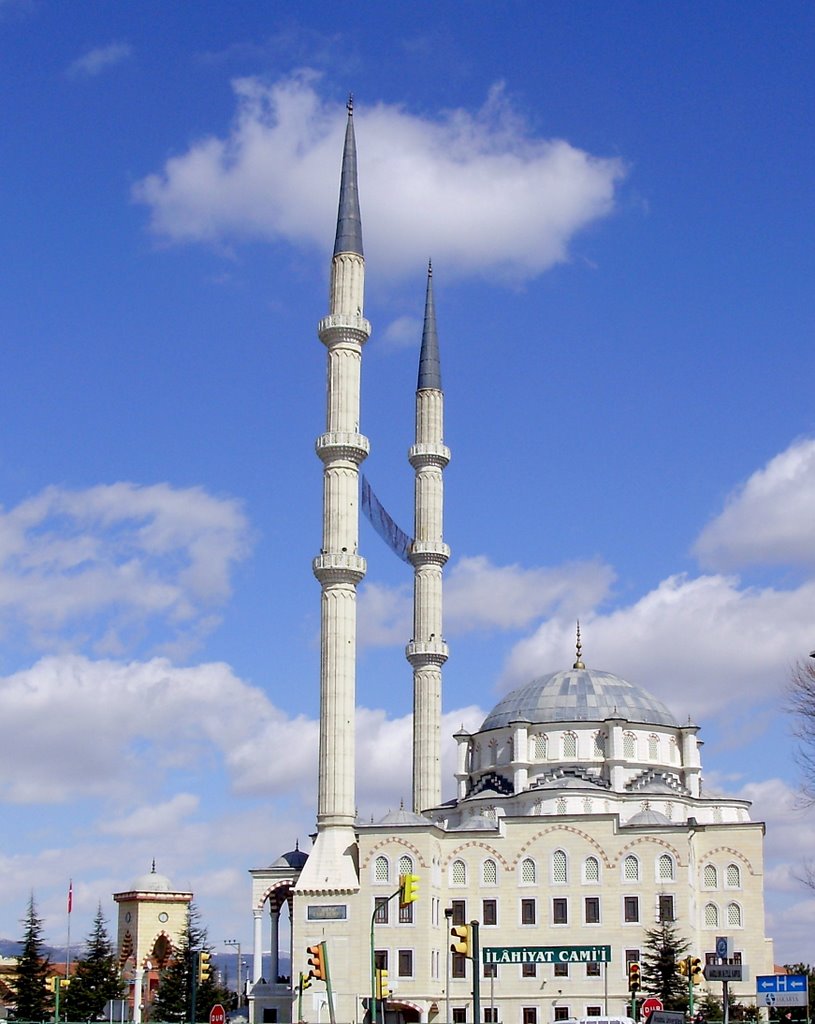
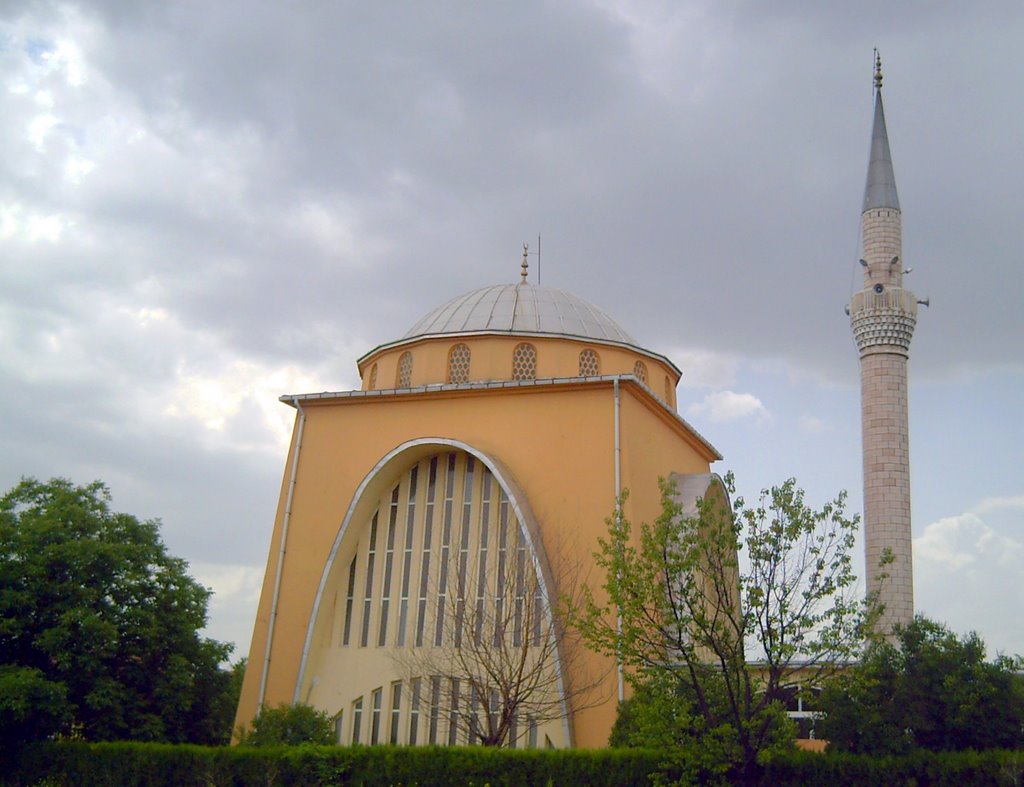
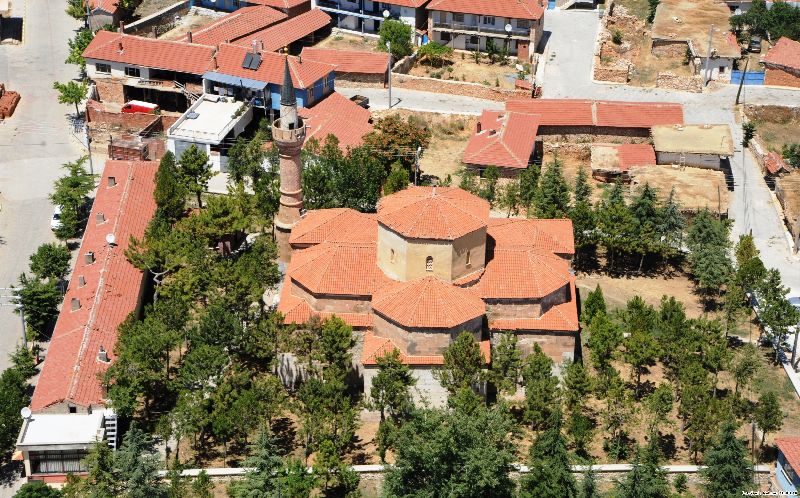


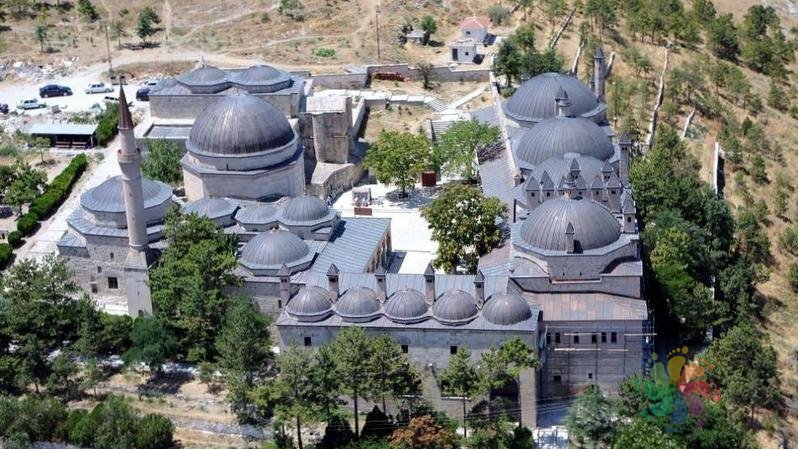



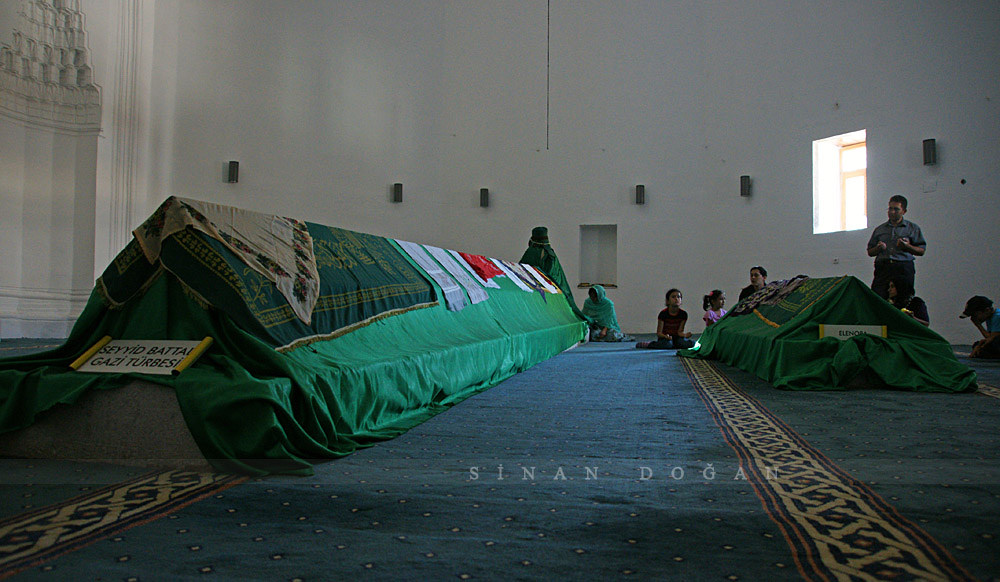
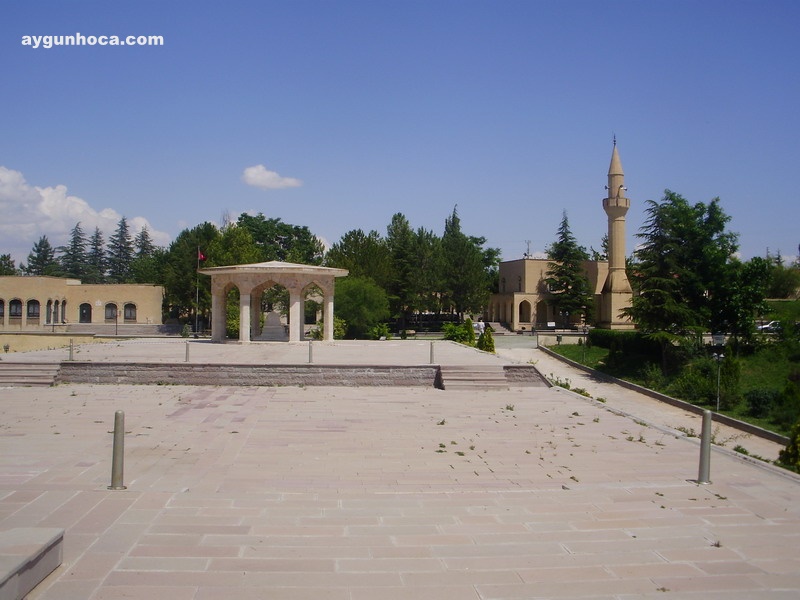
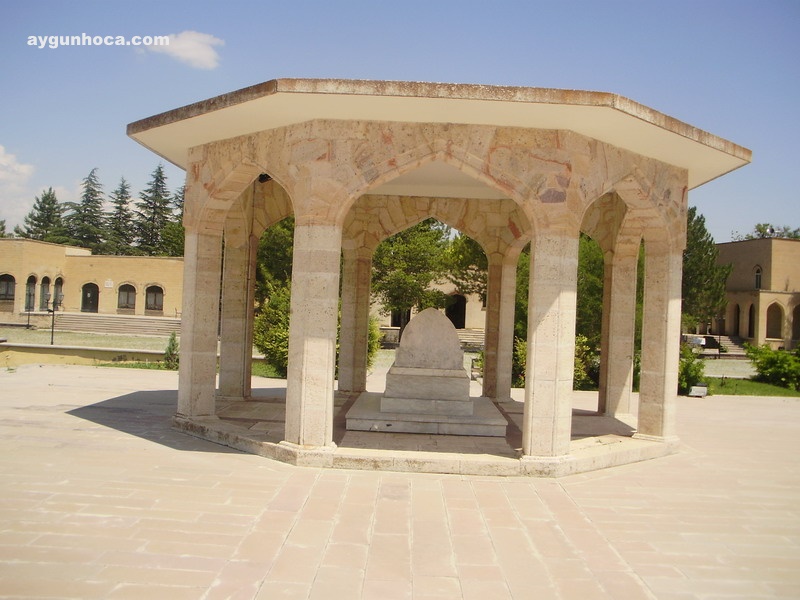


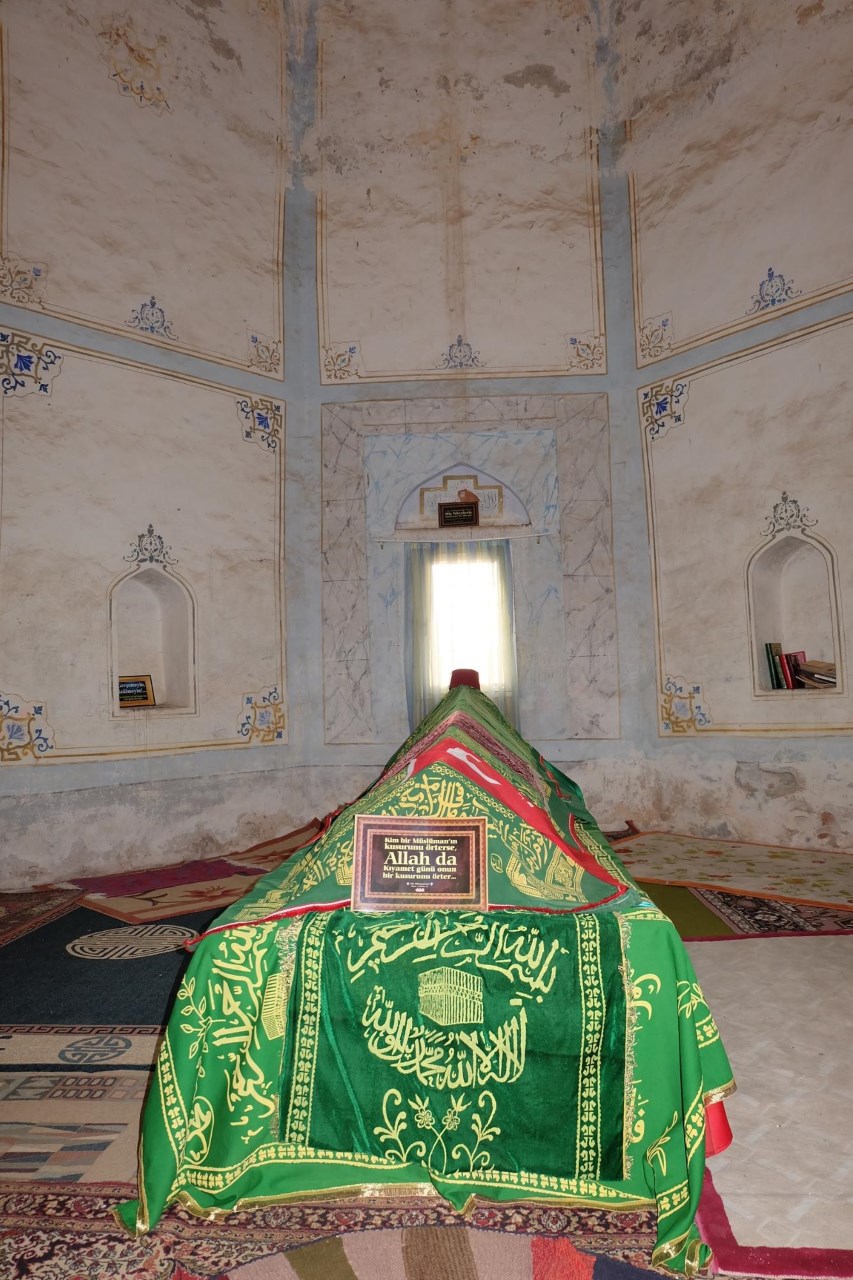
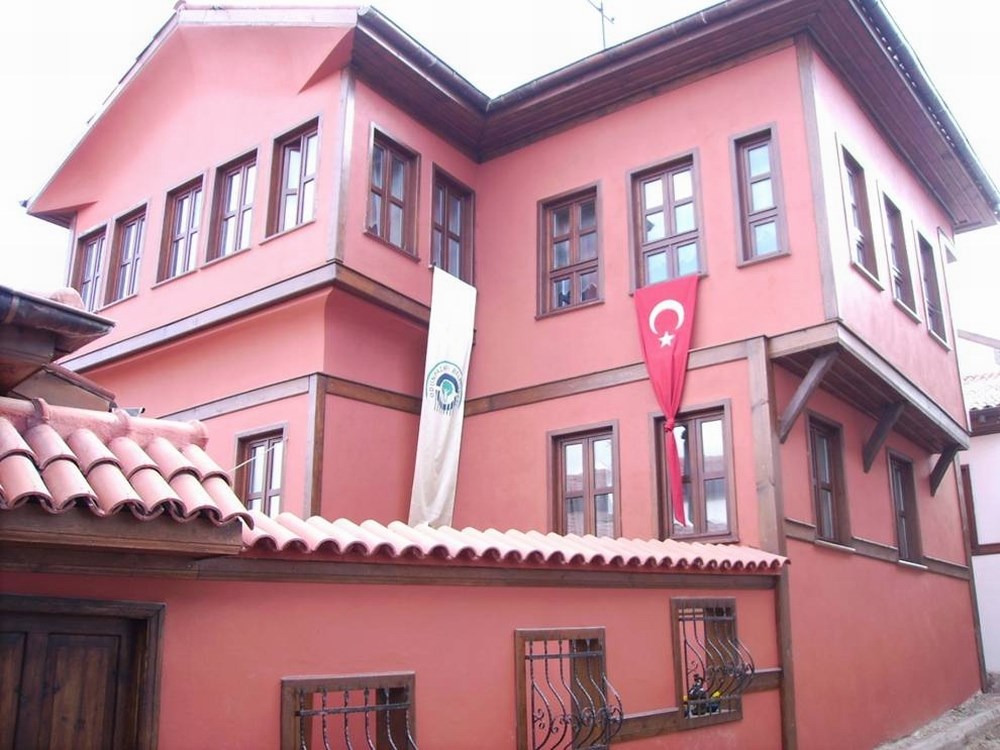
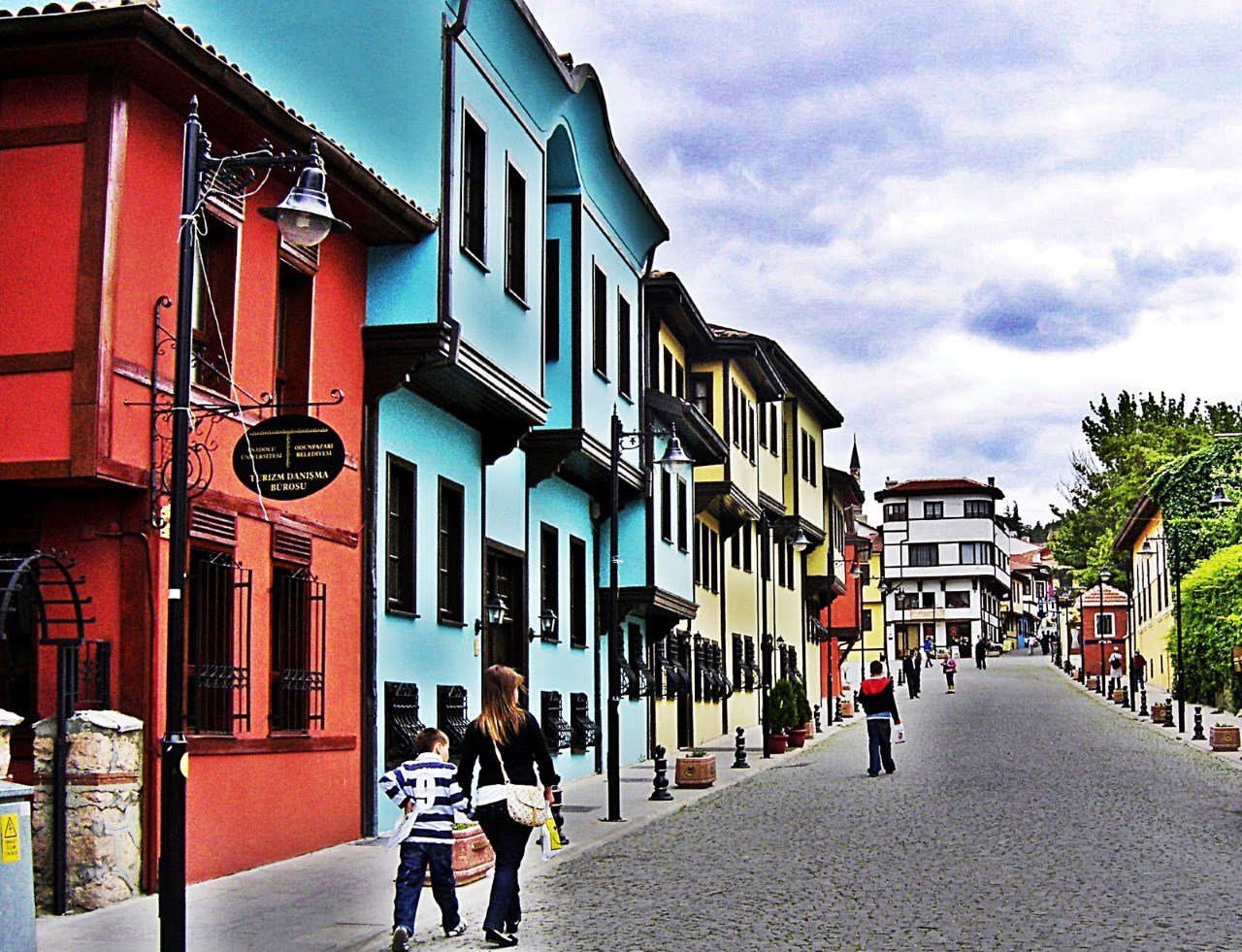
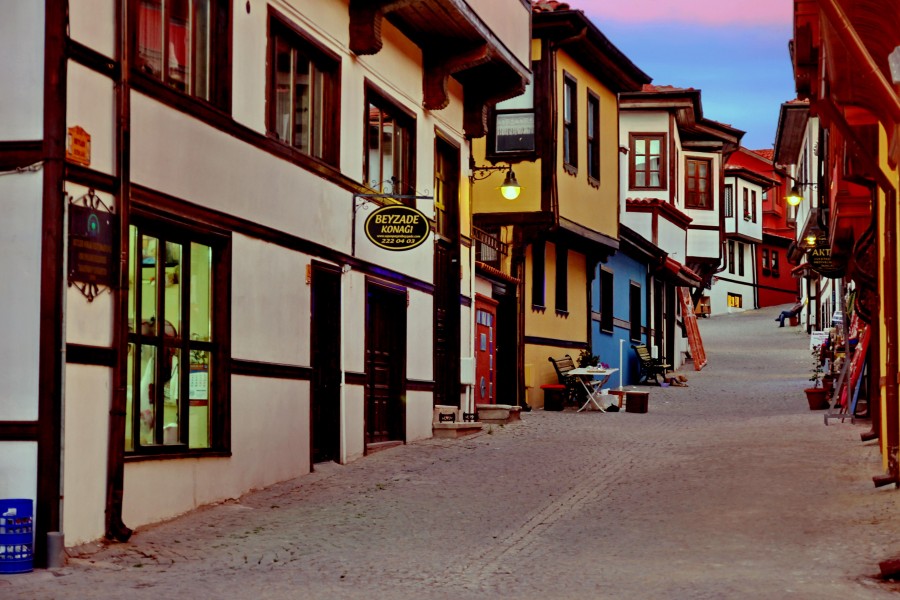
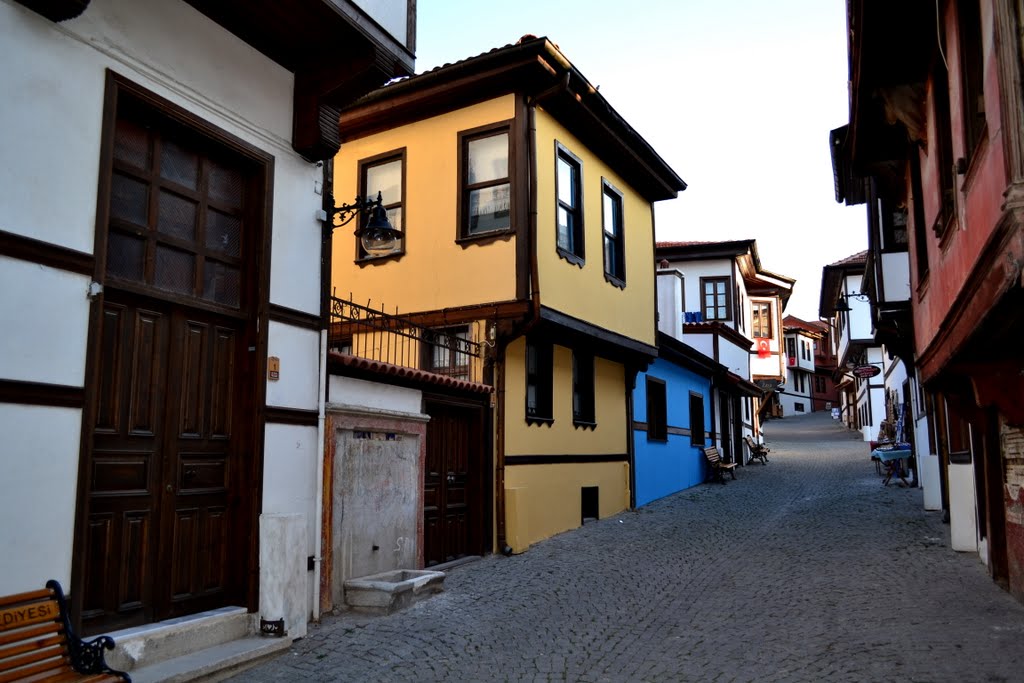



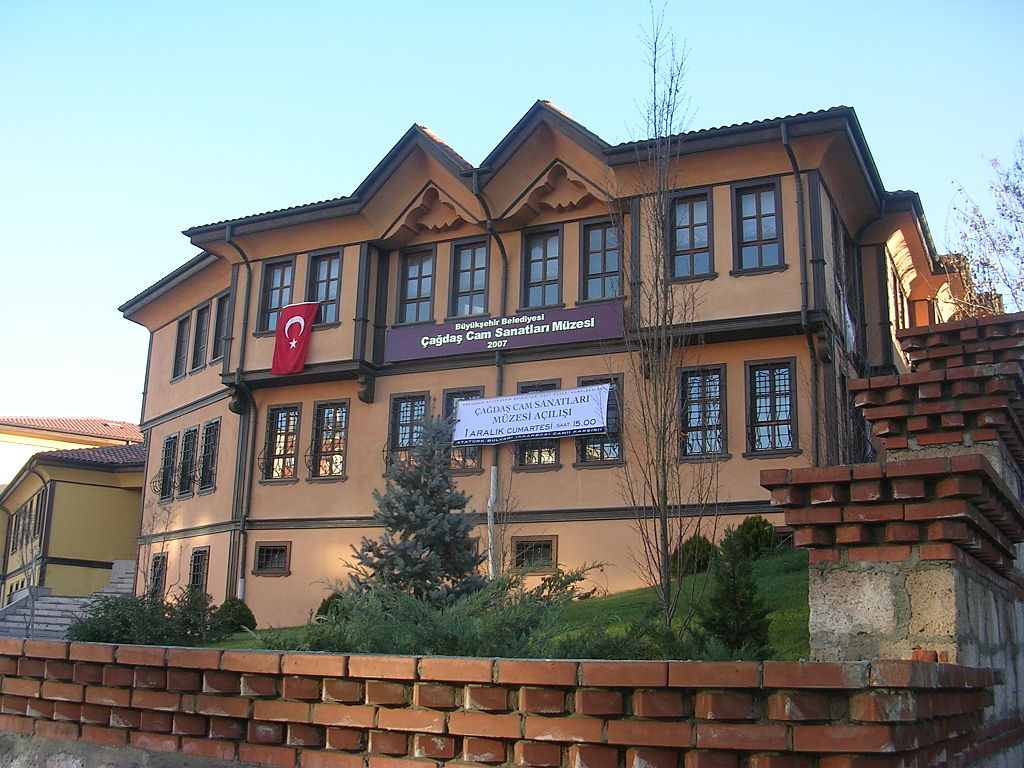
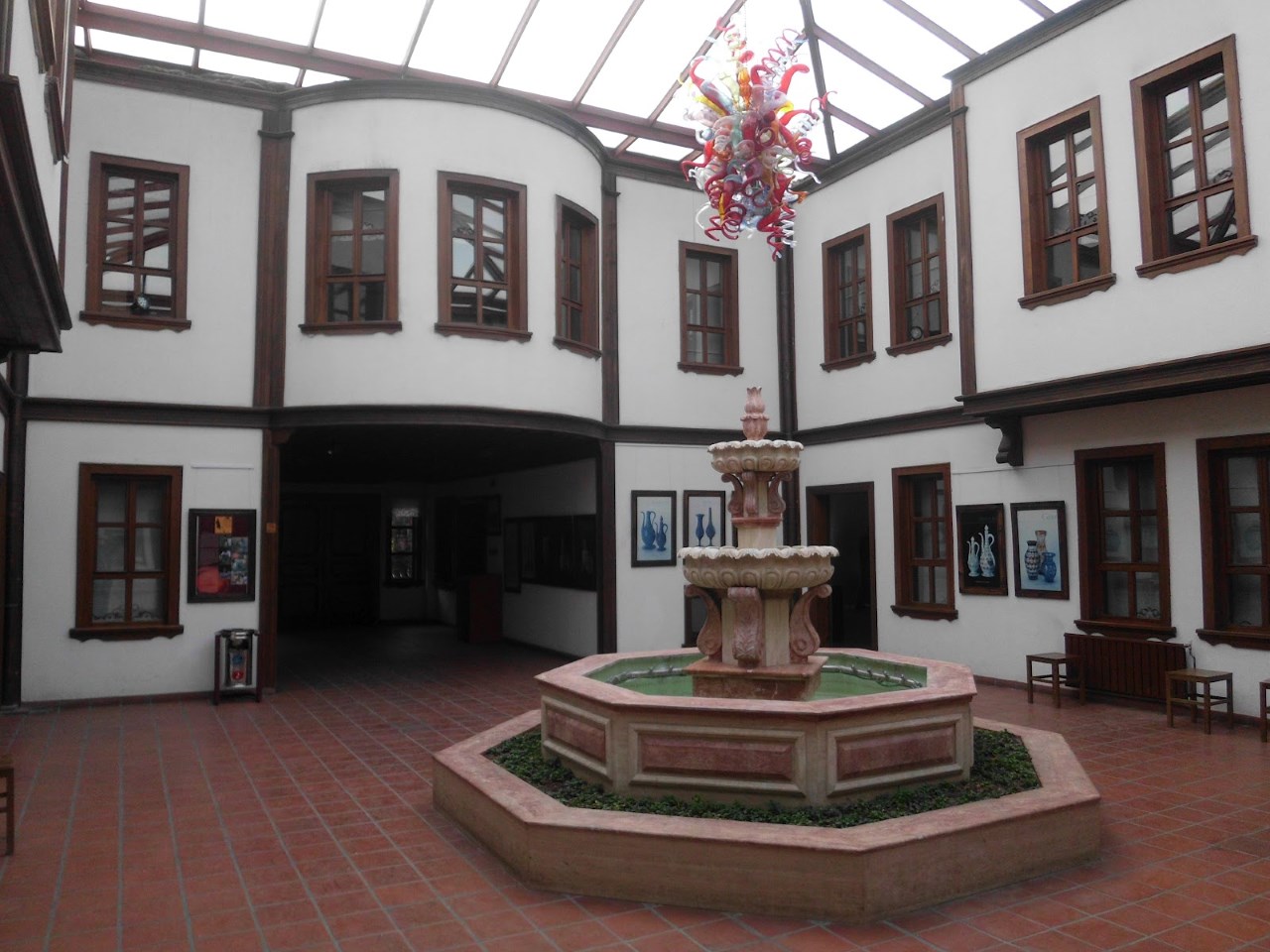



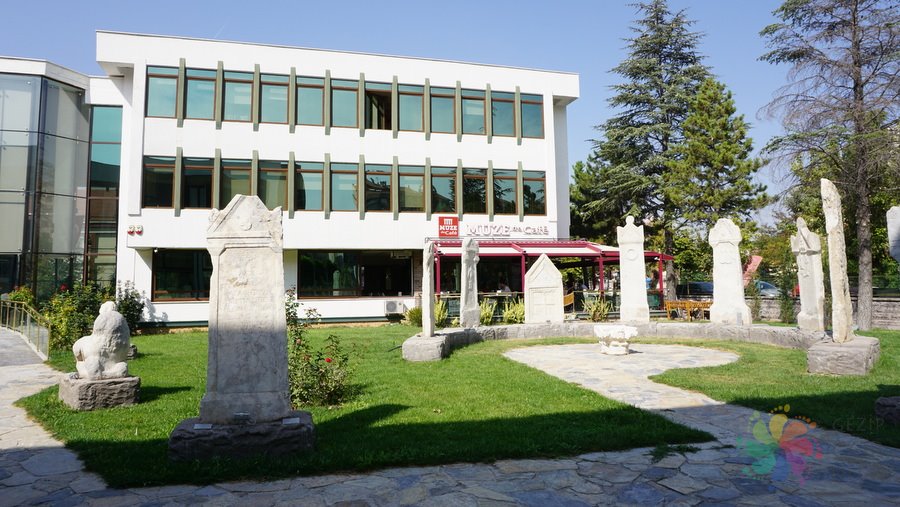
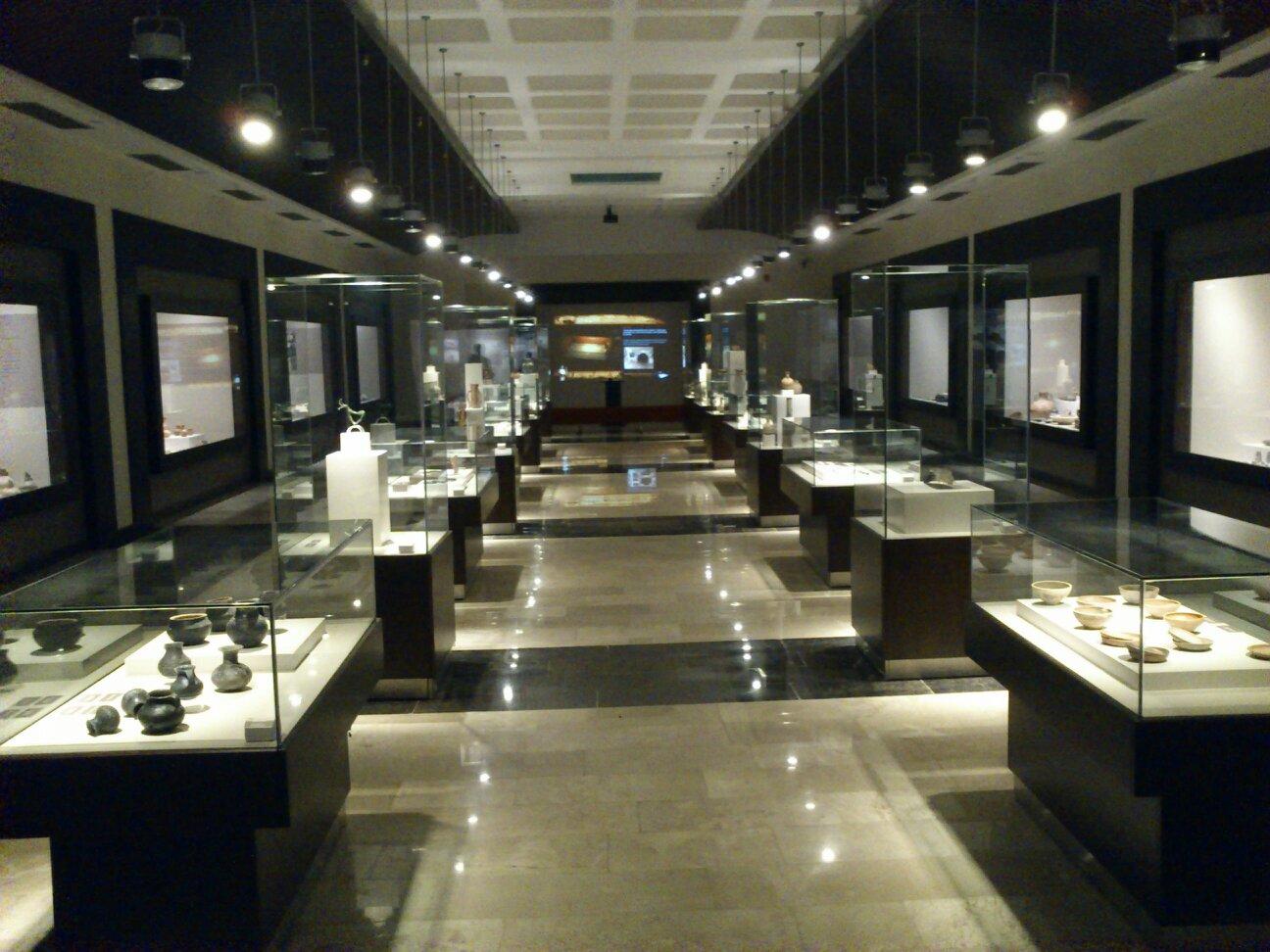
Hictorical Locations
ODUNPAZARI
Odunpazarı is the first area of Turkish settlement in Eskişehir. After taking Karacahisar, Turks established a new town in Odunpazarı, facing the Dorylaion (Şarhöyük) where the Byzantine landlords were living. As Sultan Kılıç Arslan I established a headquarters here in 1907 during the Dorylaion War, Eskişehir had been referred to as “Sultanyügi”. Odunpazarı reflects the Turkish-Islamic culture and civil architecture trends of the past. The earliest building in the district is the Alaeddin Mosque which dates back to the 13th century. Odunpazarı, referred to as “Sultan Önü” as of the 14th century, demonstrates the Seljuk and Ottoman States’ efforts to create a traditional structure. Following the fires in the downtown in 1905 and 1922, commercial and public buildings were mostly moved to Odunpazarı. Firewood (“odun” in Turkish) was sold in an area close to Yediler Park, and that is why the district has been called Odunpazarı (Bazaar of Firewood).
The historical Odunpazarı district consists of the following parts: Akarbaşı, Akcami, Akçağlan, Cunudiye, Şarkiye, Paşa, Orta, Alanönü and Dede. Akcami and Dede are the neighborhoods that mainly preserve their historical and traditional characteristics. With its narrow streets, houses, mosques, fountains, little squares and Kurşunlu Külliyesi, Odunpazarı has always been a very special location, e.g. in transition from the age of principality to emperorship, during the War
of Independence and from the proclamation of the Republic to our day. Further, you can see the traces of the 1st National Architectural Movement in the buildings of Atatürk High School and Museum of the Republican History. Declared as a “protected area”, Odunpazarı turns into a living area owing to the restoration works of Odunpazarı Municipality. With its well-protected houses, narrow streets, museums and mosques, Odunpazarı shows you a different face of Eskişehir.
Odunpazarı is known for the old houses that constitute good examples of the civil architecture. The houses mostly face the street, are adjacent to each other, and have gardens. The front sides facing the street have bay windows and consoles. The houses generally comprise a sofa (hall) and other rooms surrounding it. They are planned as two parts, i.e. the ground floor allocated for service and the upper floor designed as the living space. The corner room on the front side of houses, with windows on two sides, is larger and more important than others. The walls of ground floor are usually made of rubble or adobe with bonding timbers. Timber materials are used to build the upper floors, and adobe is used to fill the spaces in timber materials.
In Odunpazarı district, there are some other houses that constitute good examples of integration with the historical structure and loyalty to the old architecture. These houses face the Odunpazarı Square, and are also seen from the main road. These reinforced concrete houses were built on the basis of the models of the historical Odunpazarı houses within the cultural center project of Eskişehir Metropolitan Municipality. The house completed first now serves as the Museum of Contemporary Glasswork. The district has become a new living space with varying food and accommodation alternatives.
Kurşunlu Külliyesi
Kurşunlu Külliyesi (Complex) dates to the 16th century. Çoban Mustafa Pasha, one of the viziers of the Ottoman State, had it built in 1517. According to the records in the Archives of Topkapı Palace Museum, Çoban Mustafa Pasha had all buildings in the Külliye, excluding the Great Caravanserai, constructed between 1517 and 1525; and probably the Külliye was completed in 1525. The architect of Kurşunlu Külliyesi was probably Acem Ali, who was the chief architect preceding Mimar Sinan. Acem Ali, whose real name was Alaeddin Ali Bey and who is also known as Acem Alisi or Esir Ali, was the first known chief architect of the classical Ottoman architecture (1519-1537). The Külliye comprises the mosque, şadırvan (fountain), zaviye (medrese), talimhane (building for education), harem, imaret (almshouse), tombs of Mevlevi sheikhs and two caravanserais.
YAZILIKAYA
The monument is located in the south end of Yazılıkaya Valley and in the west of Yazılıkaya Village. It was built on Yazılıkaya Plateau which consists of steep tuff rocks. It was a settlement area protected by Akpara, Pişmiş, Gökgöz and Kocabaş Fortresses which were located at higher positions to control the routes from the west and the north. The length of the monument is 650 m and the width is 320 m. Its altitude from the valley is 60-70 m. It is thought to have been surrounded with walls in the Phrygian Period. Today there are
no stones left from this wall. However, there are some foundation slots in the form of steps on some parts of the rocks surrounding the area like a natural fortress wall. These slots make us think that there were some fortifications in some of the slots.
The main entrance of the city is in the east. The sloped road which leads to the main rock is known as the Royal Road. There are some figurative reliefs on the rocks that constitute the borders of the road. The important buildings of the area are the altars with steps carved on the rocks, two rock tunnels with rocky steps and covered with vaults, and the monumental rock cisterns in the below terrace. There are a lot of cult buildings and sepulchral chambers which involve monumental facades, altars with steps and niches on the huge steep volcanic rocks that surround the settlement. This area is of special importance owing to many colossal religious monuments. This shows that the city of Midas was the religious metropolis of the region and was respected as a sacred city by the Phrygians. In Phrygia, the capital city Gordion was the political center of the government, and Midas city was an important religious center as of the establishment of the kingdom. After the political collapse of the kingdom, Midas was not evacuated. The Phrygian rock buildings continued to be used in the Hellenistic and Roman Periods. The archaeological site of Yazılıkaya, which was nominated to be included in the World Cultural and Natural Heritage List, resists all the negative external effects with its unique rock monuments.
***
Seyit Battal Gazi
According to the legend, Seyyid Battal Gazi’s grave was found as a result of a dream. Ümmühan Hatun, the mother of Alaeddin Keykubat I, had a tomb and then a mosque built here. The complex was constructed around the tomb. The Ottomans added a medrese, an almshouse, a tekke (dervish lodge) and a dergah (convent of dervishes). Fatih Sultan Mehmet, Beyazıt II and Sultan Selim I restored the buildings and added some other units. During the expeditions to Iran, Kanuni Sultan Süleyman visited Seyitgazi and added some buildings to the complex. On his expedition to Iraq, his army stayed in Seyitgazi and he had Matrakçı Nasuh make a miniature of Seyitgazi. Sultan Murat IV had a caravanserai built here while he was on Revan Expedition. Situated on Istanbul-Baghdad-Hejaz road, Seyitgazi became a stopover for people traveling to Mecca. Thus, the religious importance of Seyitgazi increased.
The complex with its medrese became a center to teach Islamic knowledge. It became a center first for Kalenderi Dervishes, and then for Bektashism. It was legendarily said that Hacı Bektaş-ı Veli once visited the complex, and wanted Orhan Gazi to restore the place. Having built houses for 1,000 people, Orhan Gazi made Seyitgazi become a larger settlement area. Thus, the complex became a place to visit for Bektashis. Holding the titles of veli (saint), gazi (veteran) and sayyid (an honorific), Seyyid Battal Gazi became a venerated figure for Muslims from every sect.
http://www.eosb.org.tr/eng/living_in_eskisehir/hictorical_locations_1.html

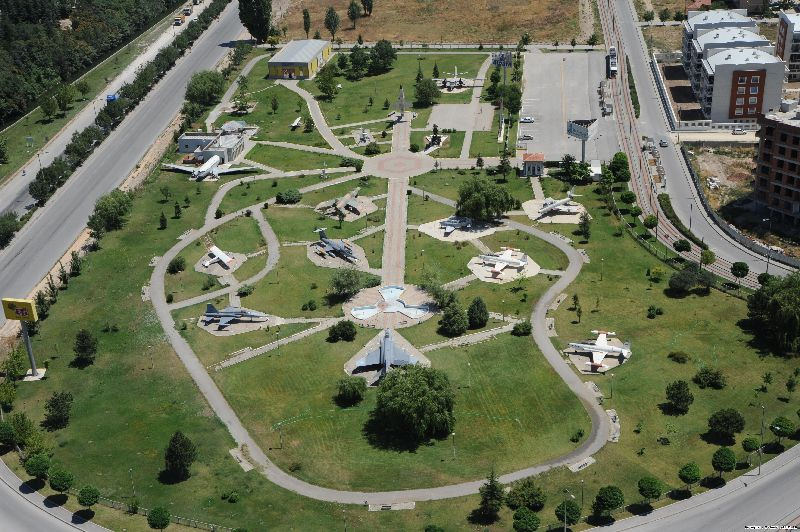

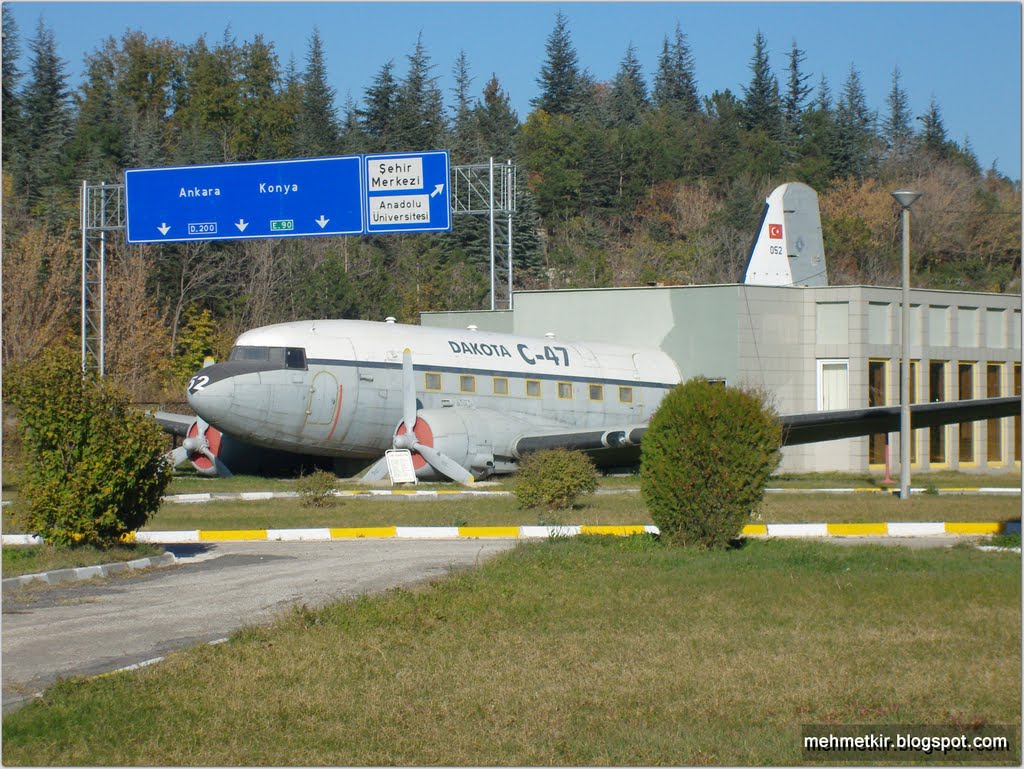
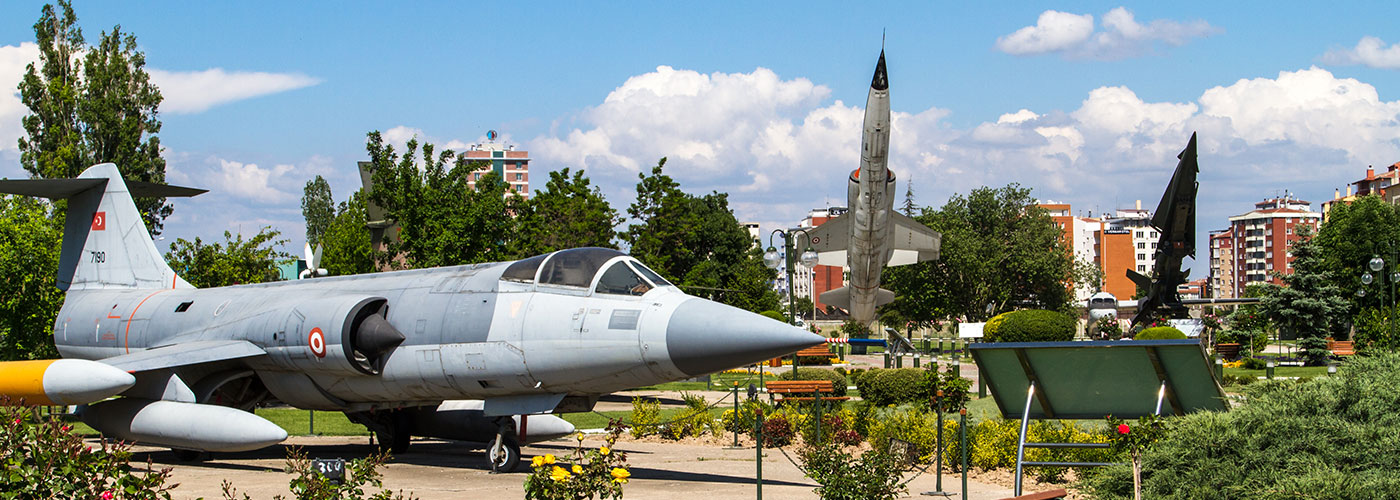
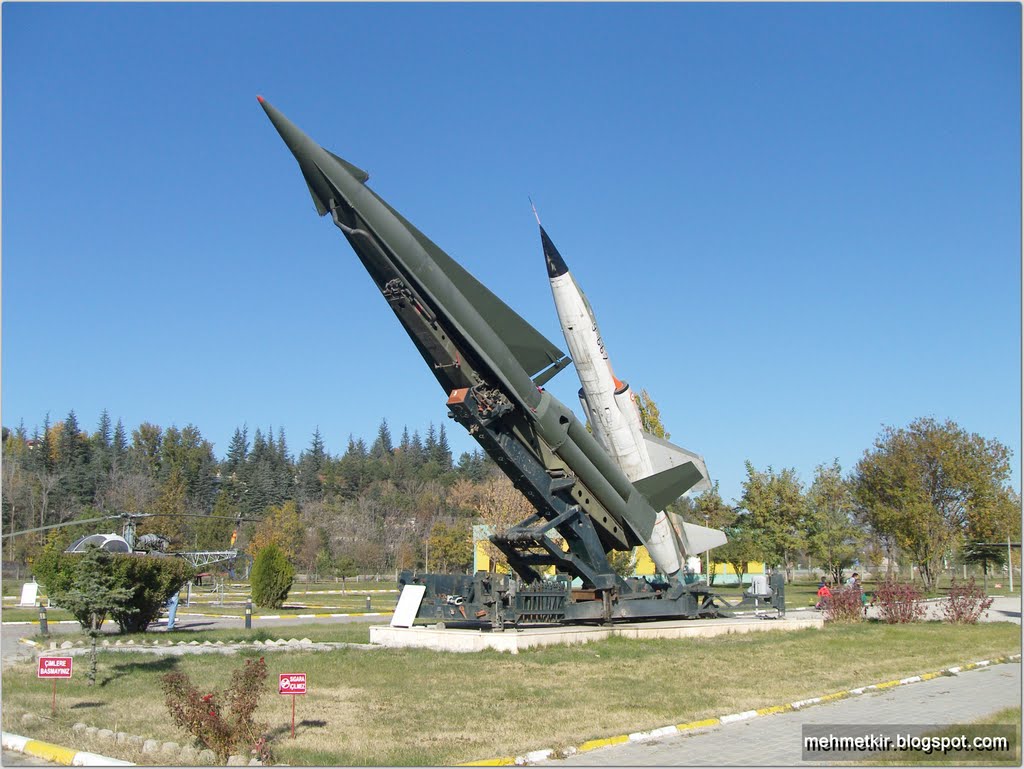





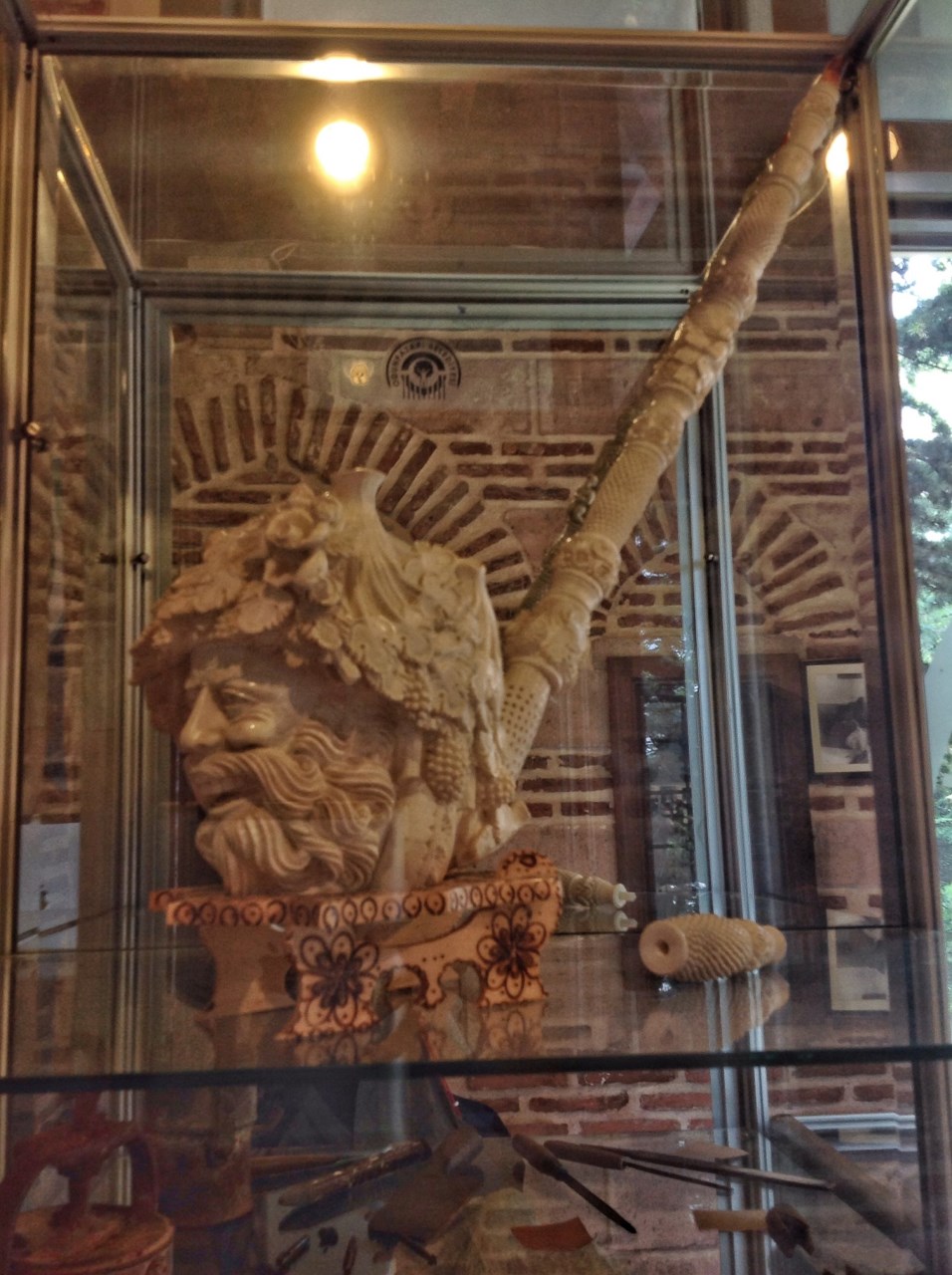
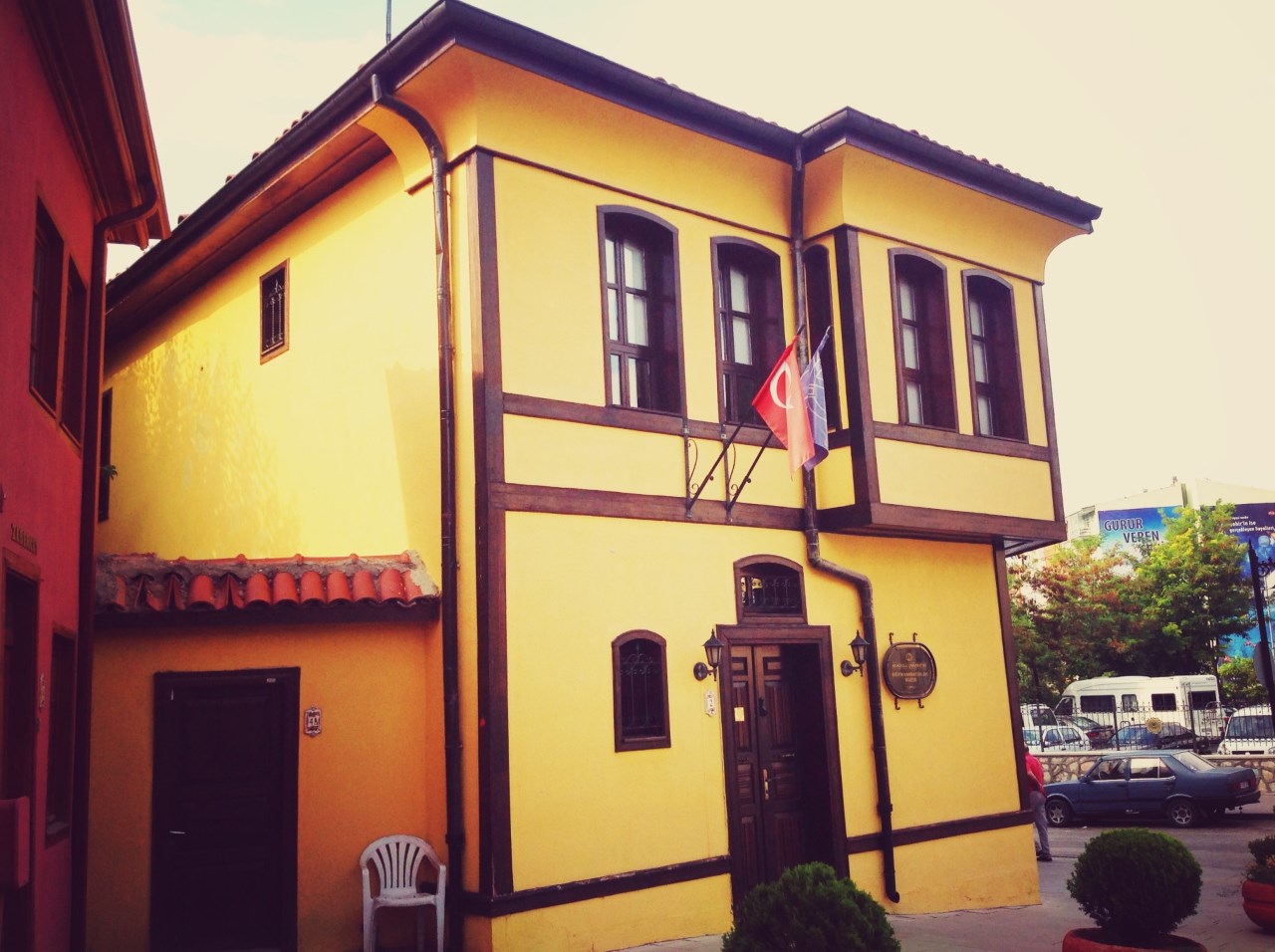





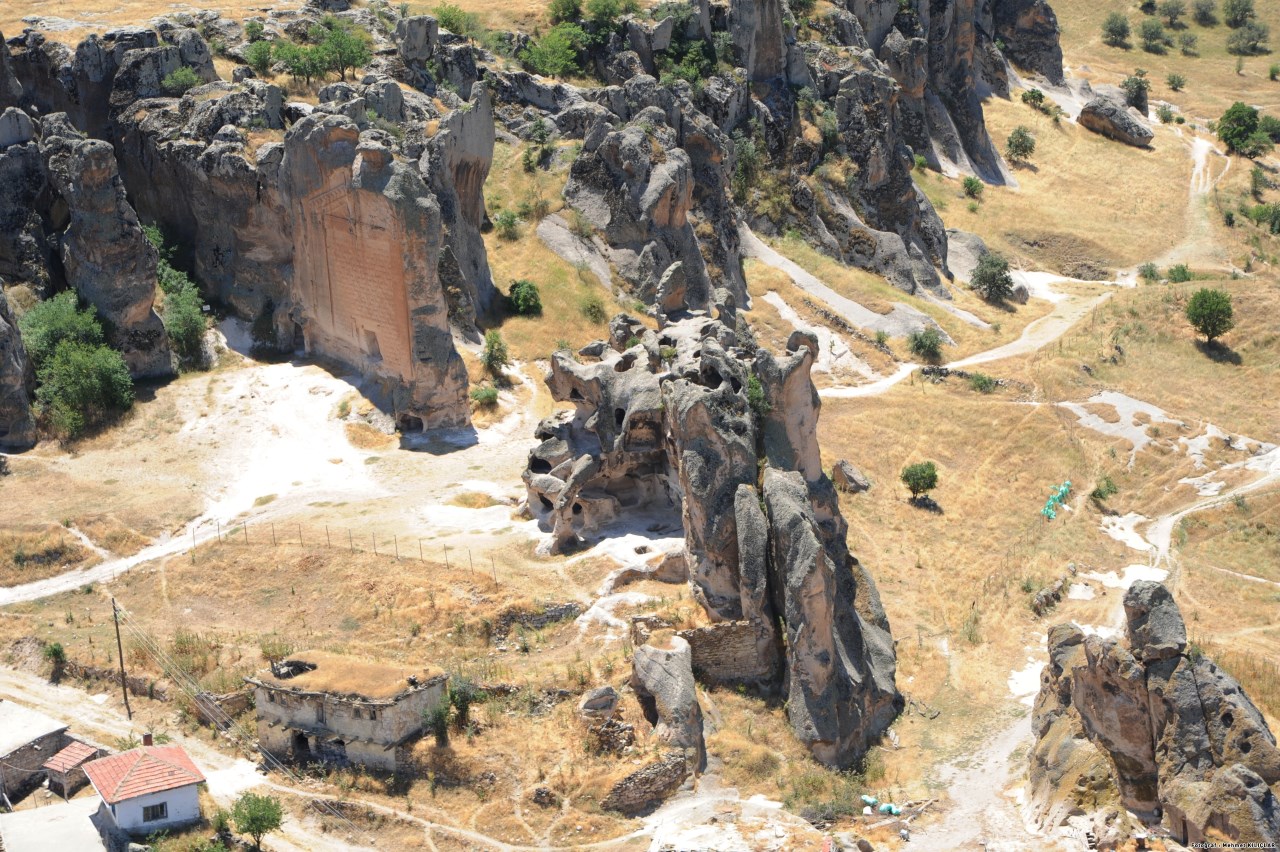
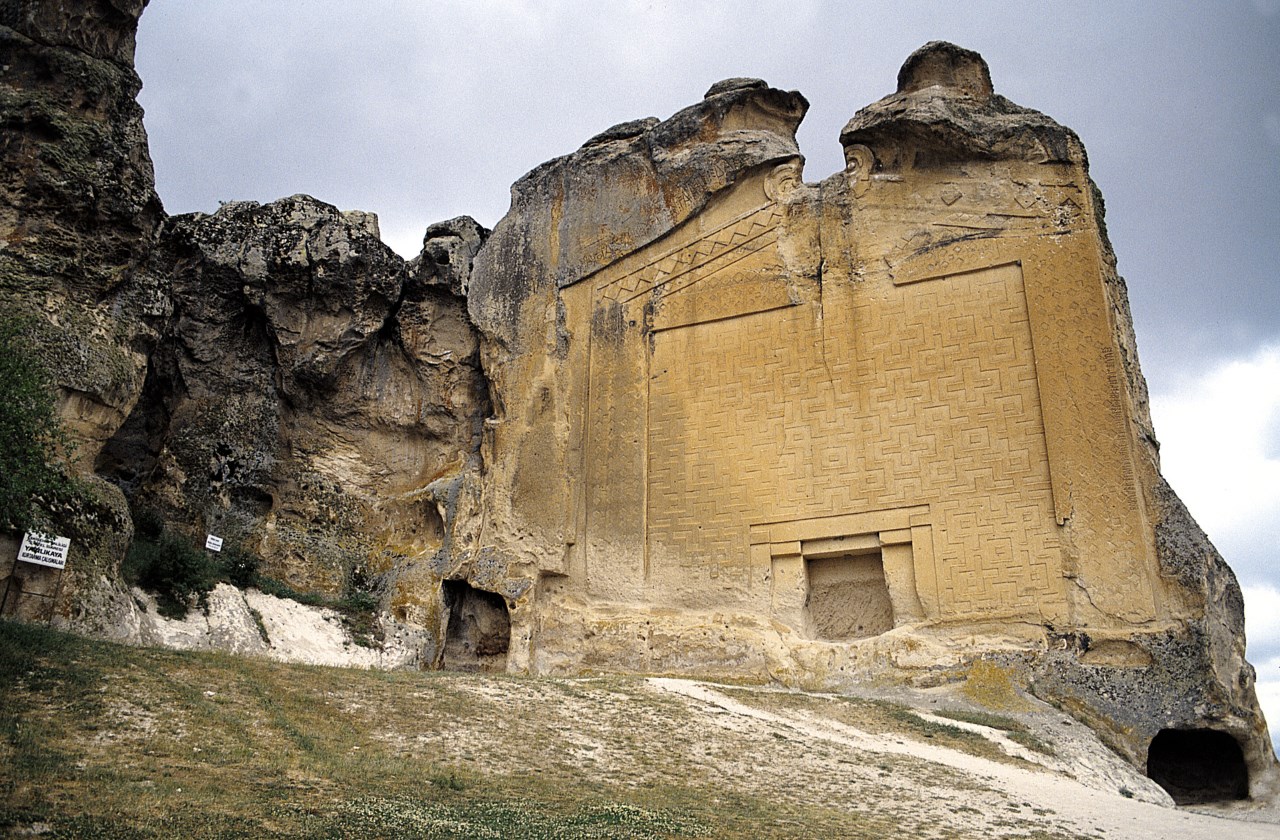
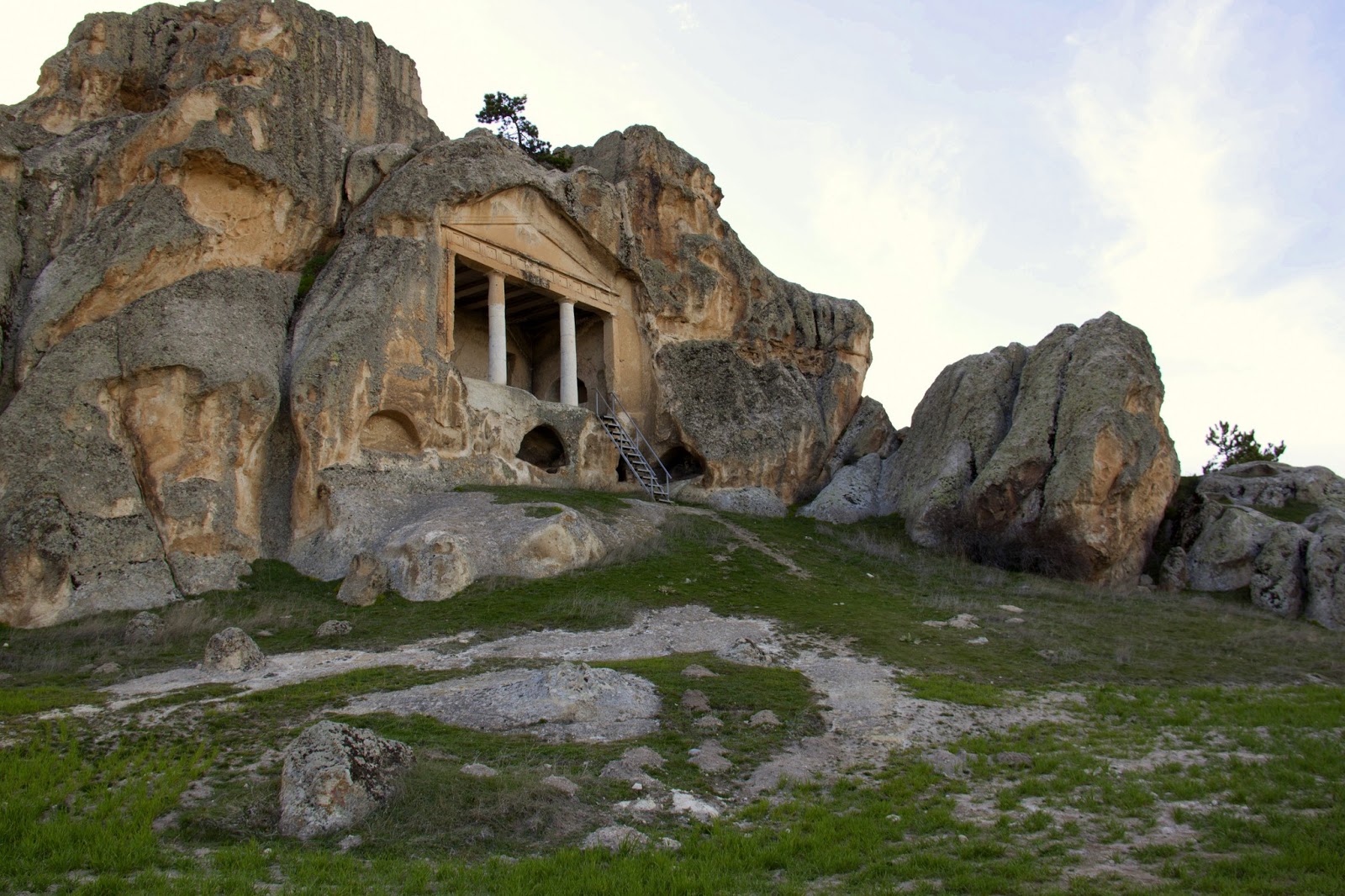

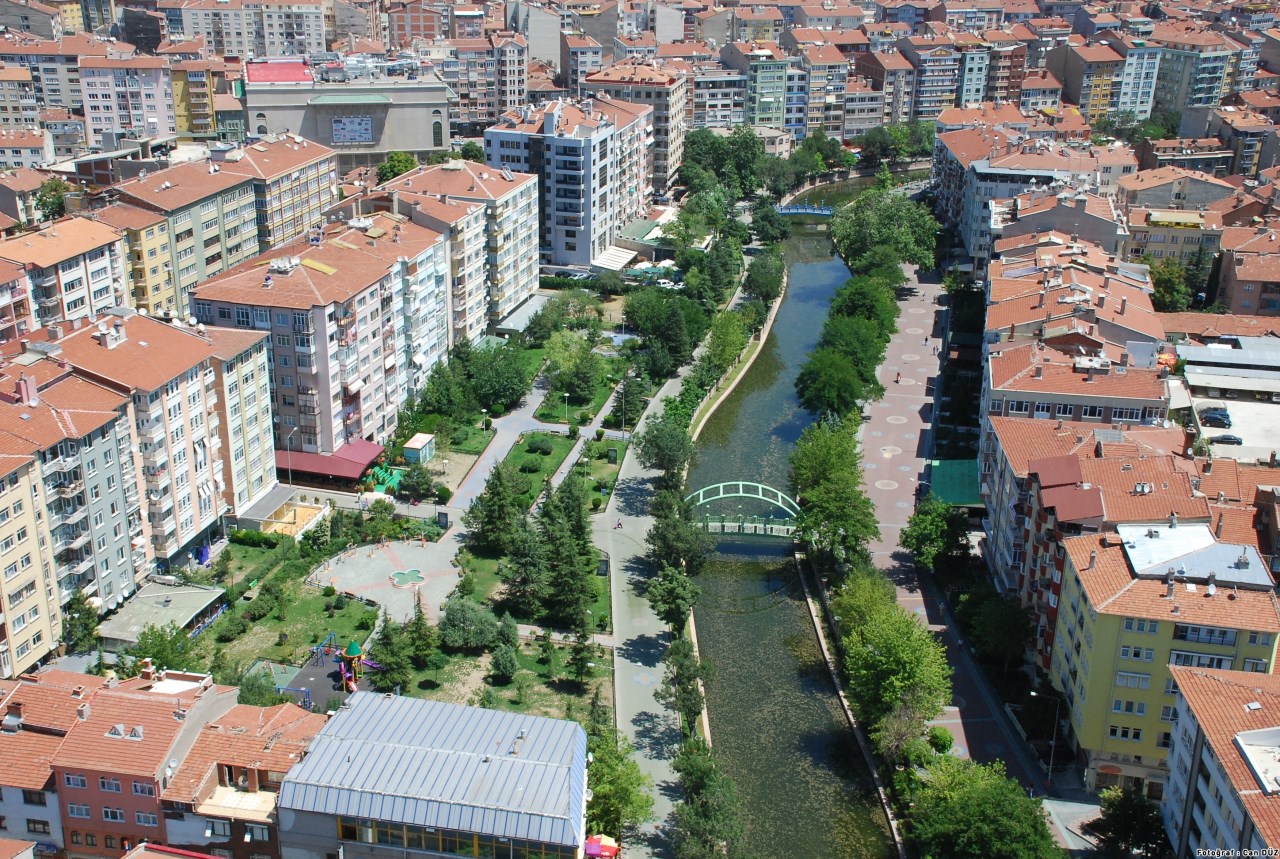

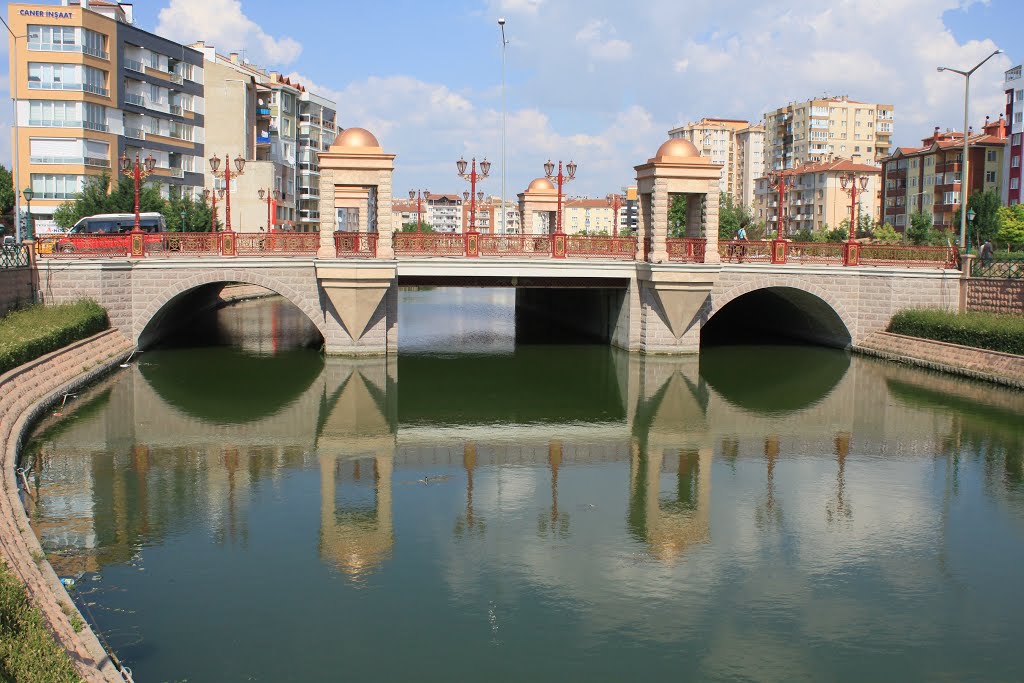


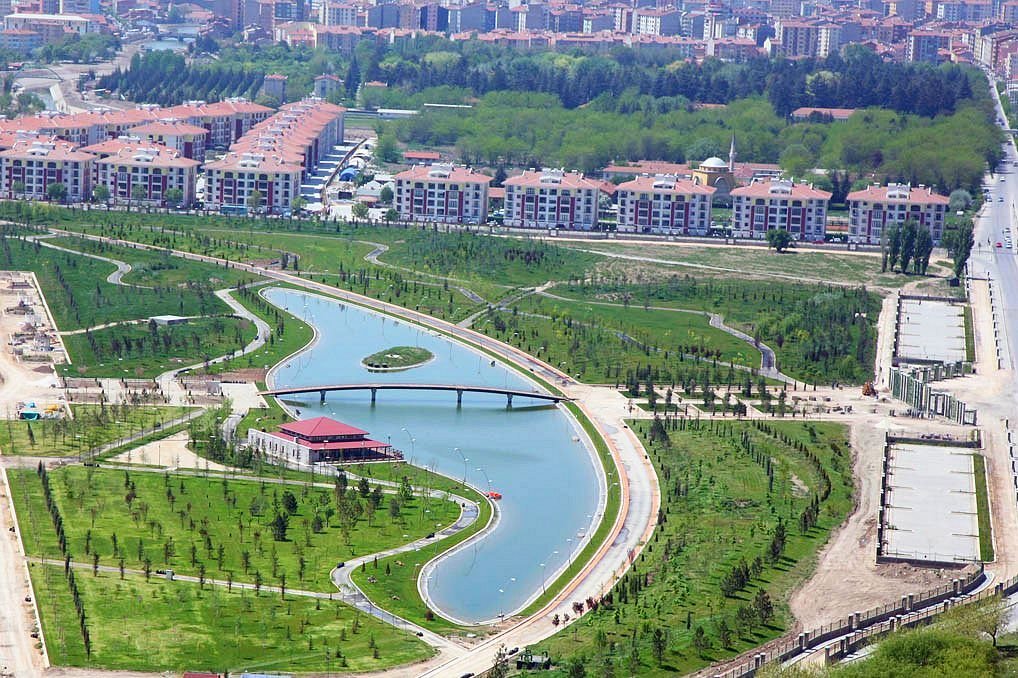

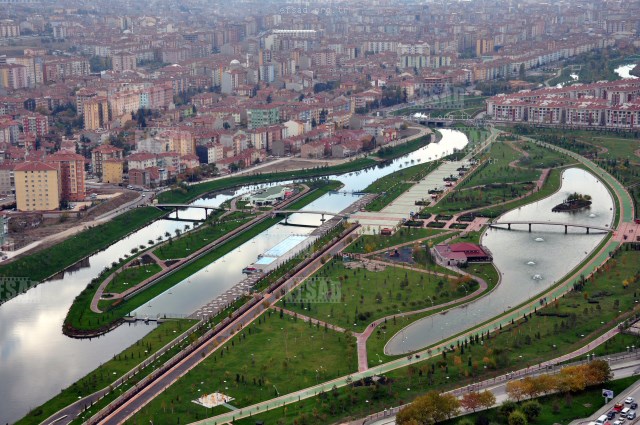
Culture and Arts
THE ARCHAEOLOGICAL MUSEUM
Eskişehir Archaeological Museum was established between the years 1944-1945 as a museum depot in the Alaaddin Mosque. In this depot, various architectural pieces/items and statues excavated in antique cities in the vicinity or unearthed coincidentally were brought together. Later, the artifacts in the museum were stored in the medrese rooms of the Kurşunlu Külliyesi, which is situated in the Odunpazarı district and the larger items were exhibited in the courtyard. As a result of the excavations in the nearby area, when the premises proved to be insufficient, the Directorate of Antique Objects and Museums commissioned the construction of a new museum in Irmak Street of Akarbaşı. Eskişehir museum depot was opened to visit in 1914 in the new building after exhibition and organization processes were completed.
The collection of artefacts in the Eskişehir Archaeological Museum is exhibited under the sections of History of Science, Prehistoric Artefacts, Pieces from the Classic Period, and Coins and Stone Pieces. In the History of Science section
of the museum, animal and plant fossils which were gathered from Eskişehir and its vicinity are exhibited. Among the most important items are the tusks and some bones of a prehistoric elephant.
In the section of Prehistoric Artefacts, there are some works of art found in the vicinity of Eskişehir, dating back to the Prehistoric times. Pottery, metal objects and stone figures dating from the Chalcolithic Age (5500 BC) to the Hittite Period (2000 BC) are exhibited in this section. In addition, tomb findings dating back to the Bronze Age, metal pottery, needles, axes, knives, daggers and ornamental objects are among the other objects in this section. Further, various artefacts belonging to prehistoric ages found in Demircihöyük and Küçükhöyük burial site, Kocakızlar Tumulus, Ballıhisar village (Pessinus) and Badabat, Han underground settlement excavations are displayed in this section. The scripture of honor, unearthed during the excavations in Karahoyuk (Midaion), is among the significant pieces in the section.
In another section, clay pottery, plates, figurines, metal axes, needles and necklaces belonging to the Hittite (2000 BC) and the Phrygian Periods (1200-200 BC) are on display. In this section, ceramics, perfume bottles, oil lamps and glass work from the Hellenistic Period (330-30 BC) are also exhibited. Furthermore, earthen artefacts, pottery, figurines and metal works, crosses, silver appliqués, golden saint necklaces and oil lamps are found in this section.
In the Coins Section of the Museum, there is a collection comprised of a variety of gold and silver coins dating back to the Hellenistic, Roman, Byzantine and Islamic periods. In the Stone Works section of the museum, statues of mythological gods and goddesses, particularly Cybele and Men, the statue of Asklepios, statues from the Roman and Byzantine ages, statuettes, alters, busts and ground floor mosaics unearthed in Dorylaion (Şarhöyük) and floor mosaics from the Late Roman Period are displayed. The museum was moved to a new building thanks to the support of Eti Company.
THE MUSEUM OF THE REPUBLICAN HISTORY
The building of Anadolu University Museum of the Republican History is located at the point where İki Eylül Street, one of the main arterial roads of Eskişehir, reaches Odunpazarı District, known for its traditional local architecture. The building has a striking appearance, which reflects the design of the First National Architecture Period with its frontals. It is the first example in Eskişehir of the structures built nationwide, the Numune Mektepleri, during the late Ottoman educational System. The building was constructed in 1915-1916 under the name Turan Numune Mektebi.
On the ground floor of the three-storey building, which was opened to visitors by Anadolu University in 1994, there are 131 photos which document the birth of the Turkish Republic, Battle of Gallipoli, Battle of Sakarya, Battle of Dumlupınar and the first years of the Republic. In addition, 51 portraits
of Atatürk, a collage depicting the summary of the War of Independence and the reforms, two pastel and color pencil paintings of the War of Independence, 7 model warships used by the Turkish Navy during the World War I, the War of Independence and during the period of the Republic and an oxcart are on display.
The first floor of the museum houses 126 items and works of art which belonged to Atatürk, some local newspapers published between 1925 and 1980, and a library. In the basement of the museum, there is a 40-seat small hall where 48 documentaries about Atatürk can be seen.
AVIATION MUSEUM
The air museum, located across the Yunusemre Campus of Anadolu University, was opened in 1998 as an open-air exhibition area. In the museum, a variety of commercial and war planes are on display. In addition, pilot outfit, badges, model aircrafts and engines are found in exhibition rooms.
CONTEMPORARY GLASS ARTS MUSEUM
The museum was established in 2007 with the collaboration of the Municipality of Eskişehir, Anadolu University and Glass Enthusiasts’ Society. The works of 58 domestic and 10 foreign artists are on display in Turkey’s first glassworks museum. You must certainly see this collection if you wonder what emerges when glass combines with arts.
OPERA
In the Metropolitan Municipality Opera House, the residents of Eskişehir are meeting regularly with the most distinguishing
performances of opera and ballet, which are organized in cooperation with the Symphony Orchestra of the Metropolitan Municipality of Eskişehir and the State Opera and Ballet.
http://www.eosb.org.tr/eng/living_in_eskisehir/culture_and_arts_9.html

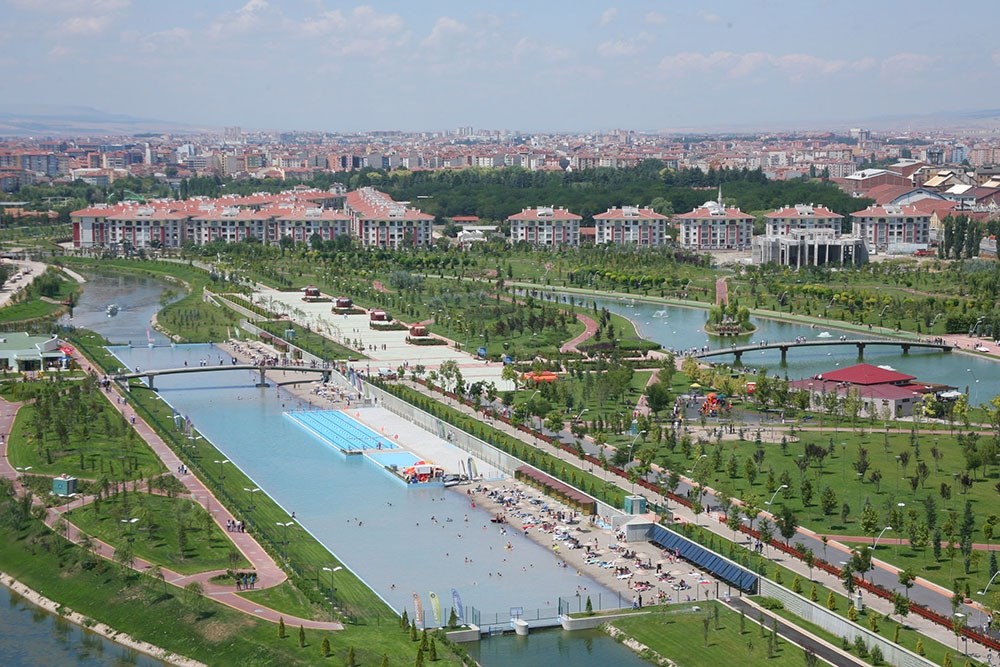
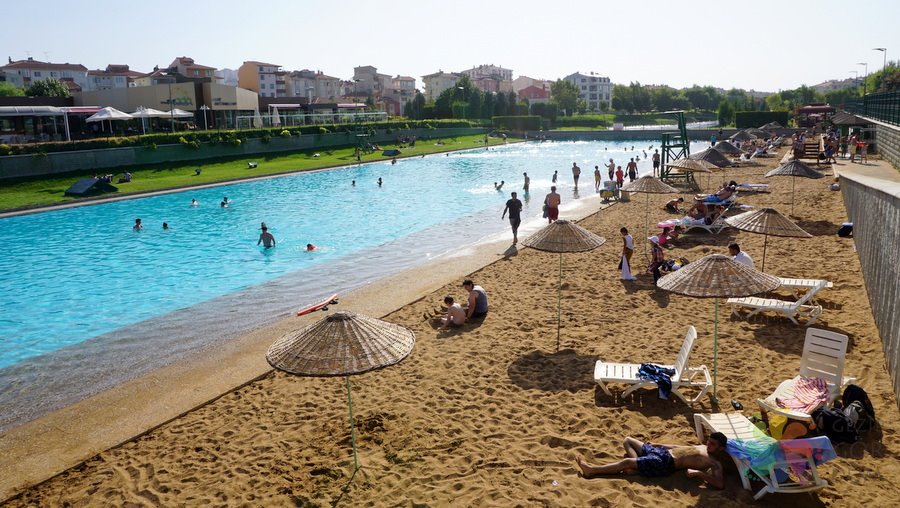
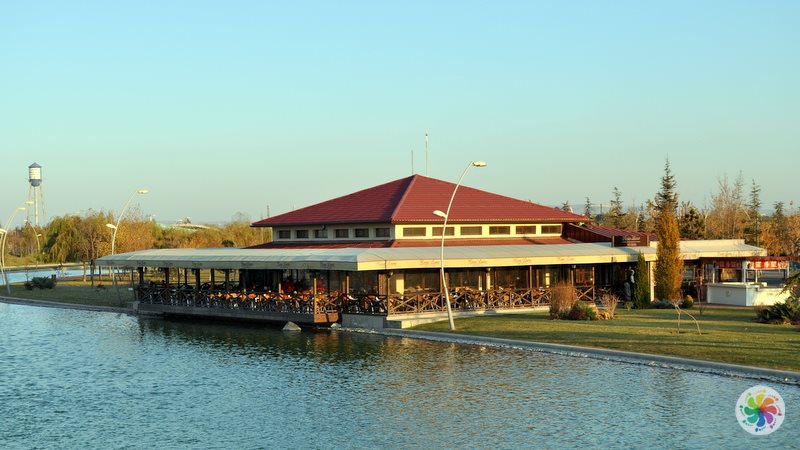
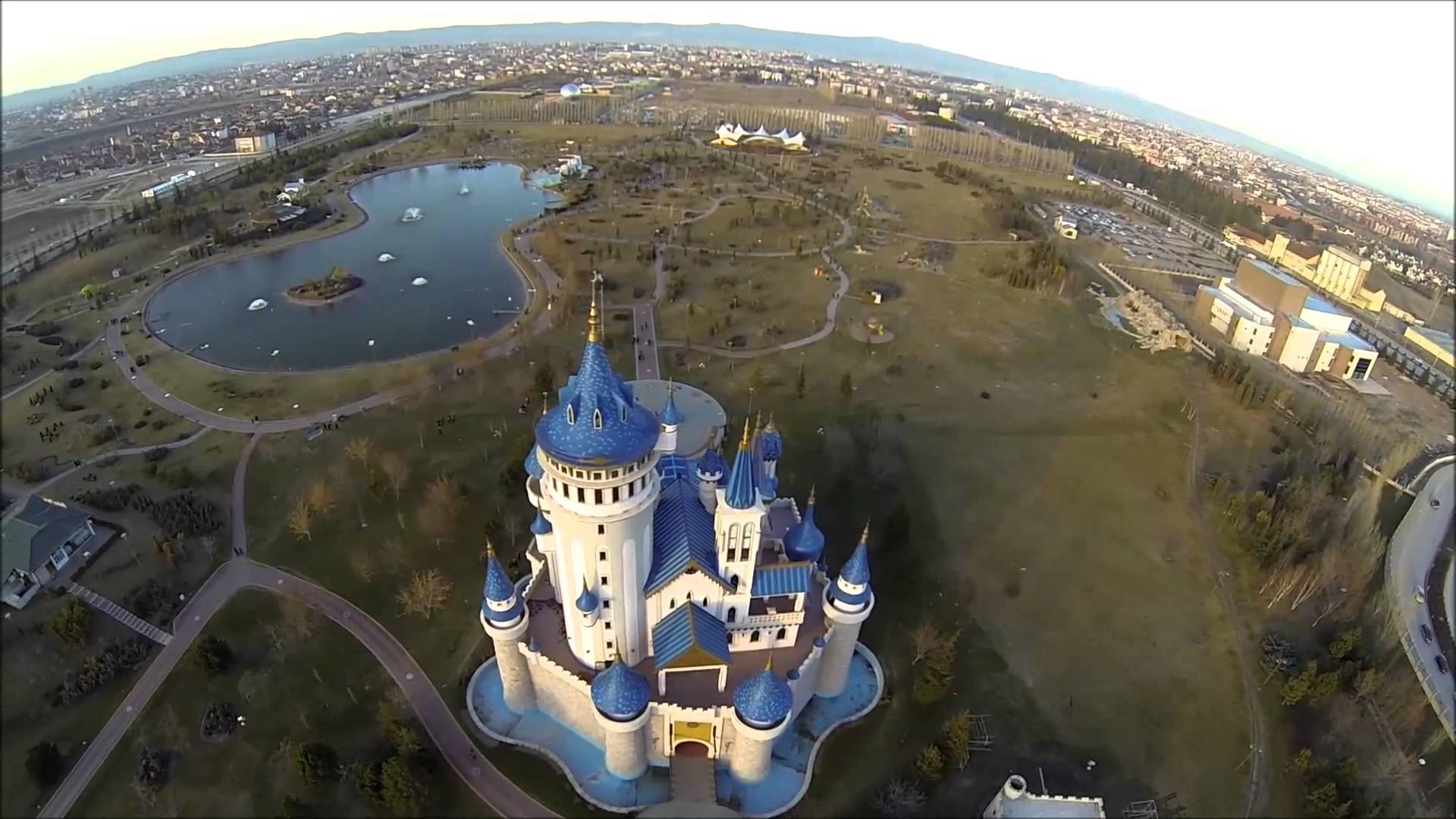


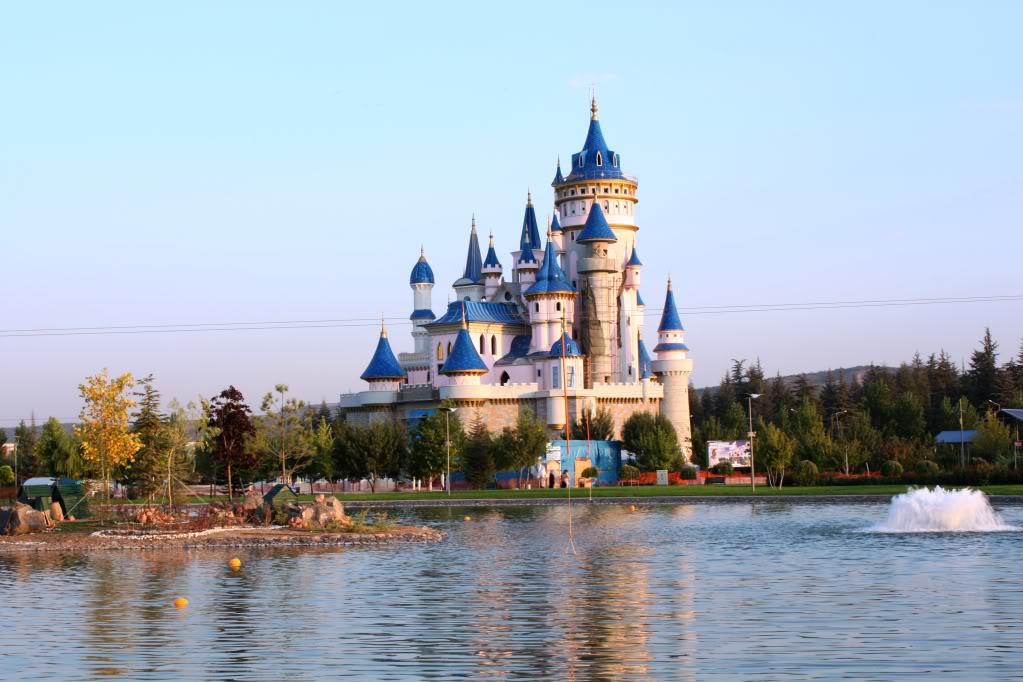




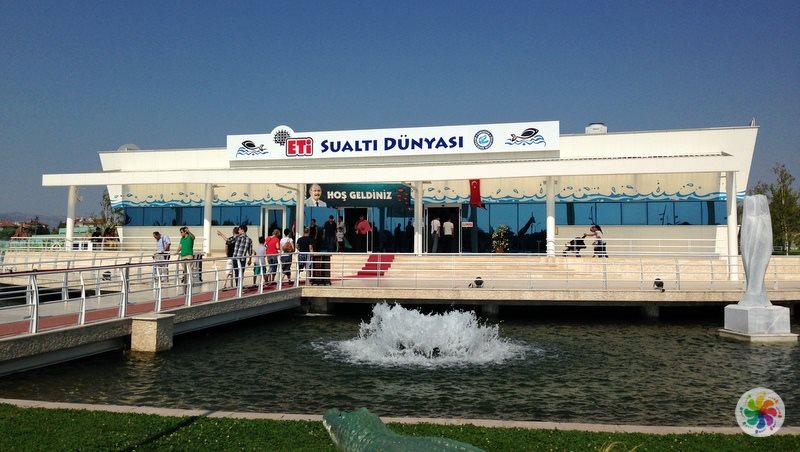

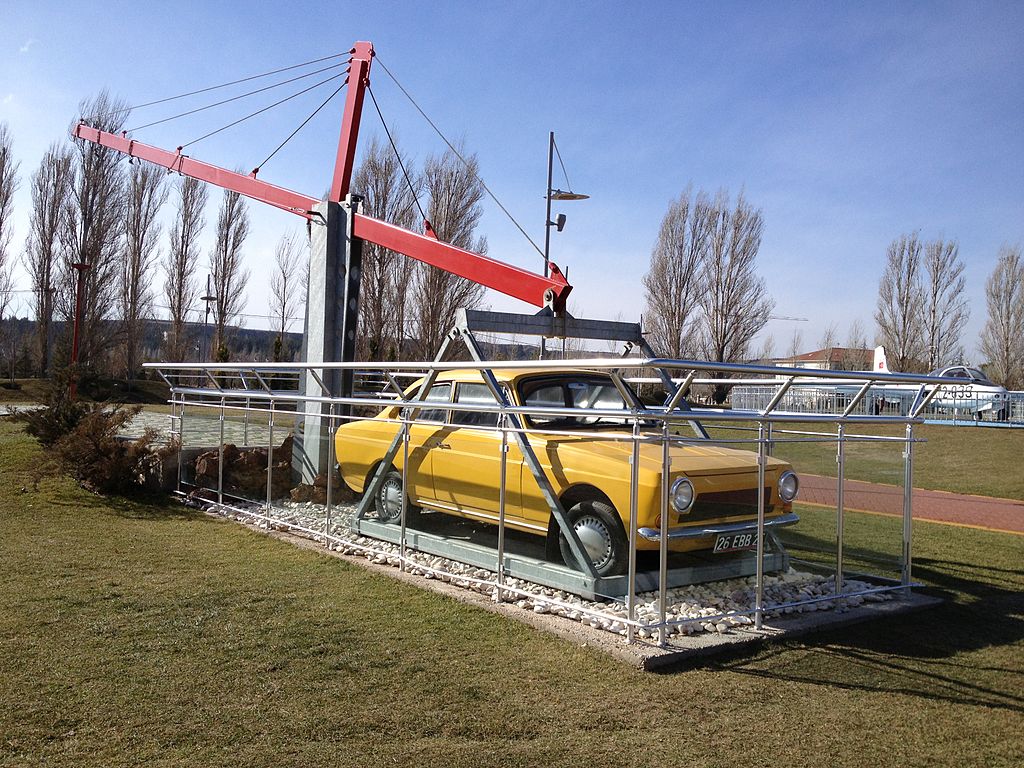
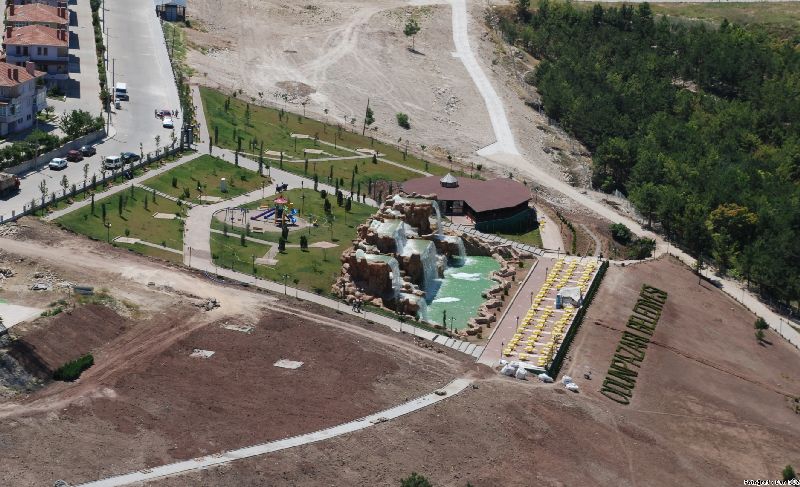
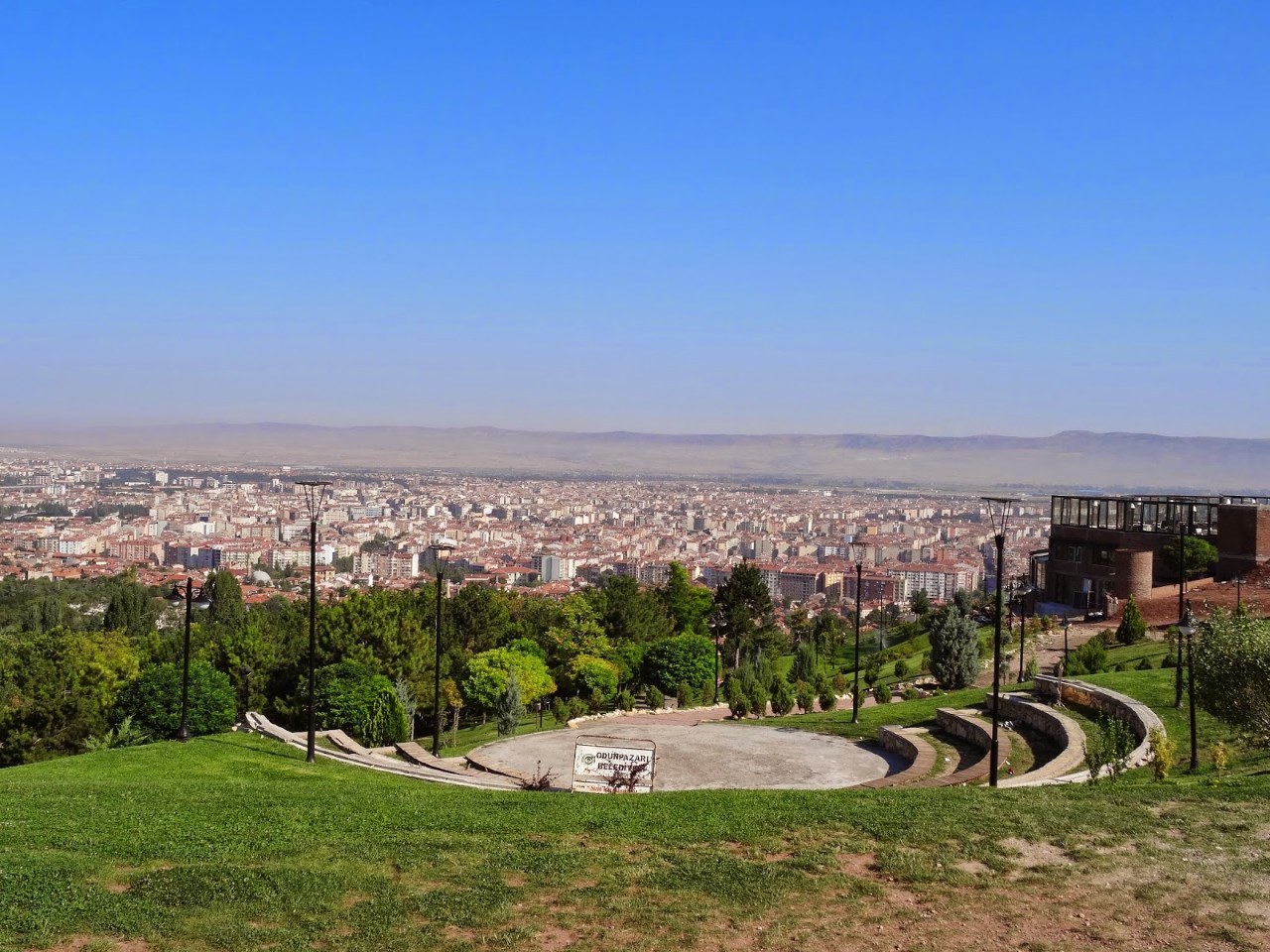


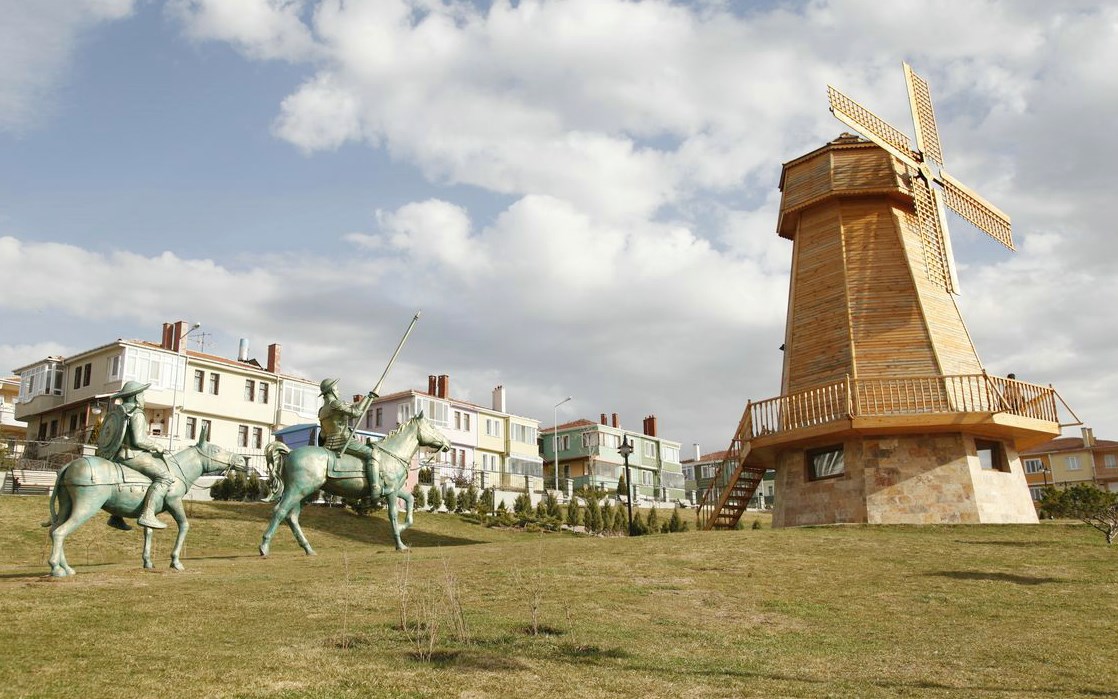





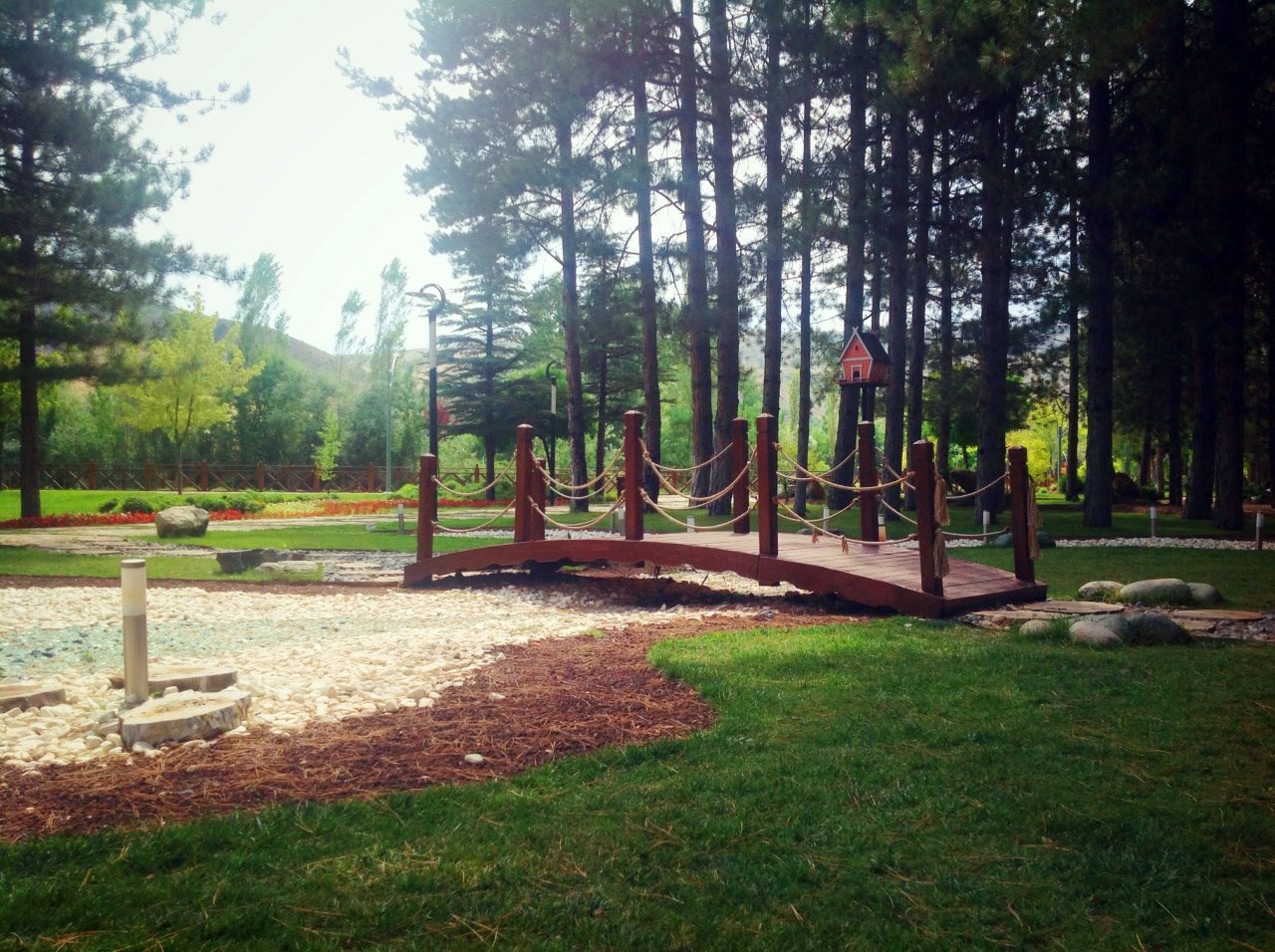

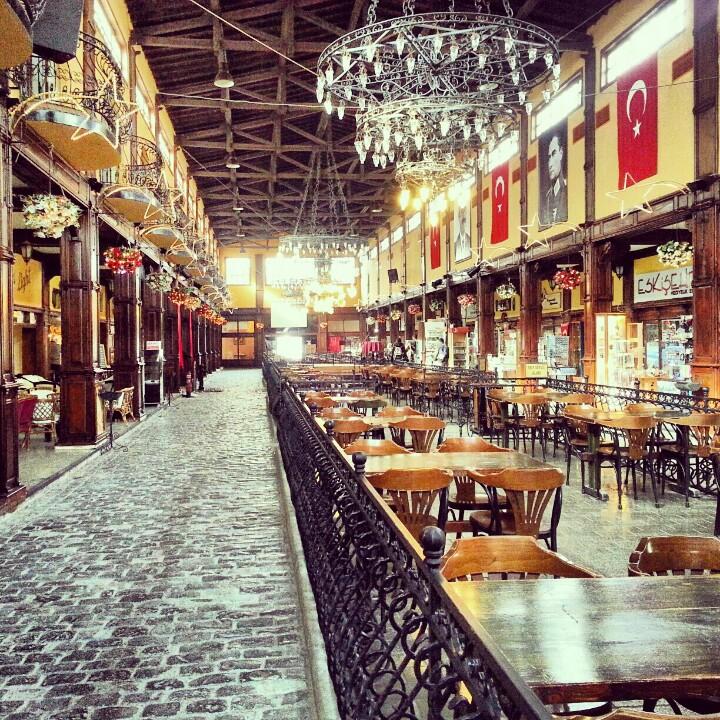


Green Areas and Parks
KENT PARK (City Park) and the First Artificial Beach in Turkey
Kent Park is established on an area of 300 thousand square meters and is located between the intercity bus station and the Gökmeydan district. There is an artificial beach where you can enjoy the sea and there are two outdoor swimming pools, one semi Olympic indoor swimming pool, play groups, a city house, restaurants, a pond, and refreshment stands in Kent Park. Kent Park has a shore to the Porsuk River and the park can be reached by boats on the Porsuk.
With its rose gardens, recreation grounds, sculptures and monuments, open air areas for culture and art activities, amusement and relaxation areas, Kent Park is one of the fundamental spaces of social life.
SCIENCE ART AND CULTURE PARK
This park is established on an area of about 400 thousand square meters and is located in the Sazova district on the road to Kütahya. In the park area there is a big pond where various water sports and activities can be held, there are restaurants, an open air amphitheater with a capacity of 2000 people, an identical pirate ship, play groups with fairy tale characters, play grounds for water-related activities, play groups for disabled children, and a science and experiment center with a big planetarium. Transportation across the park is possible with a 1918 model German made narrow-gauge railroad. This railroad used to carry workers between the Sugar Factory and the Air Supply and Maintenance Center. Today it is carrying park visitors among four specially-designed stations. You can also see the boat that represents Noah’s Ark in this park.
The pirate ship is at the shore of the pond and closely resembles May Flower, one of the ships that have crossed the Atlantic Ocean in the 17th century. Both the exterior and interior parts of the ship were designed carefully, and it especially attracts the interest of children.
Playgrounds with various cute characters and fairy characters around the park can also be used by disabled children. There are also special mechanisms where children can do experiments on the buoyancy force and cyclic movements of water.
The Science and Experiment Center is a first in Eskişehir and is one of the main attractions of the Science, Art and Culture Park. The center enables primary school and high school students to conduct scientific experiments in real mediums. The planetarium in the centre not only aims to attract children but also to attract adult visitors.
WATERFALL PARK
Experience the most beautiful views of the city!
Şelale Park, established by the Odunpazarı municipality on an area of 22000 square meters, has an artificial waterfall, a cafeteria, play grounds, a parking lot, and walking tracks.
THE BIG PARK
The park is located on Gazi Yakup Satar Street. There are two pools, one located on 1200 square meters and the other located on 900 square meters, a large waterfall-type pond and the representative office of Yunus Emre.
LOVE CITY ISLAND
It is an Island that is surrounded by Porsuk River and that is in borders of Eskişehir Gökmeydan Quarter.
And attaining to the island that is completely surrounded by Porsuk River is supplied by Love Bridge. Once you pass through the Love City Bridge, you have stepped on the island.
An island on The Porsuk River is formed with the aim of underlining that Eskişehir is a city in which Yunus Emre sleeps who is a love person and says ‘’I newer wish to be without love’’ . Also with the influence of the island that carries the same name with ‘’Love City’’ concept, Eskişehir has been an attraction point to visit for ever body who loves each other.
http://www.eosb.org.tr/eng/living_in_eskisehir/green_areas_and_parks_8.html


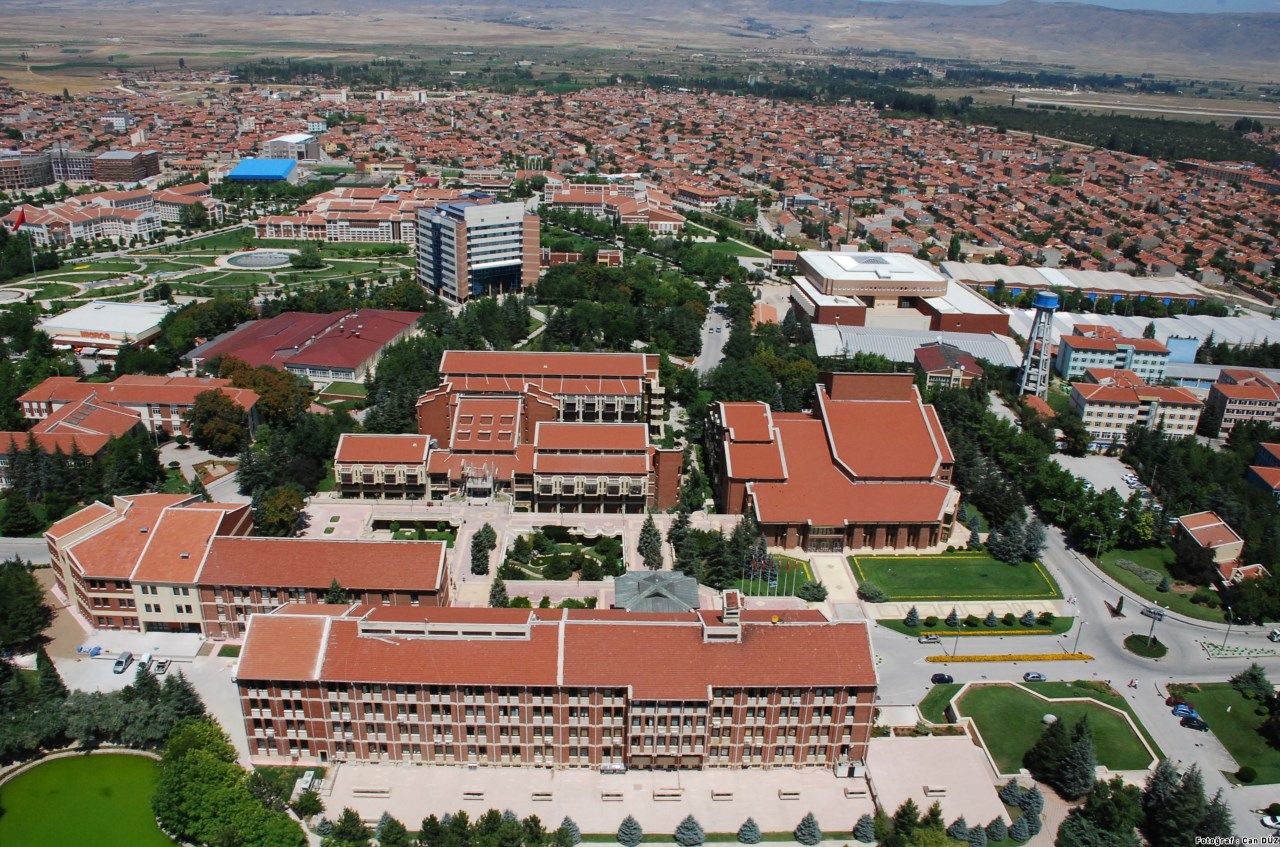


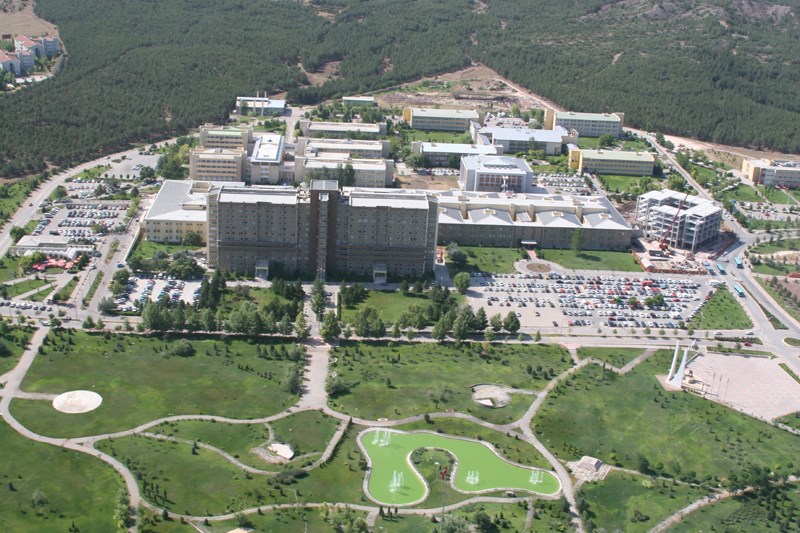






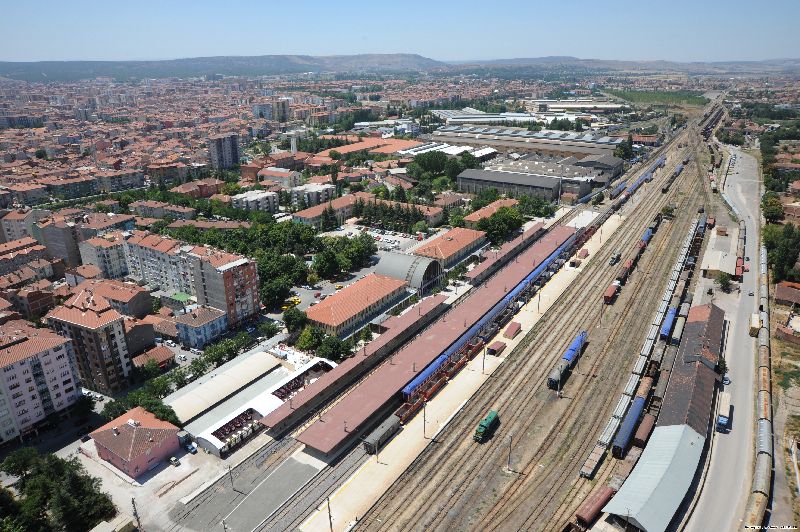

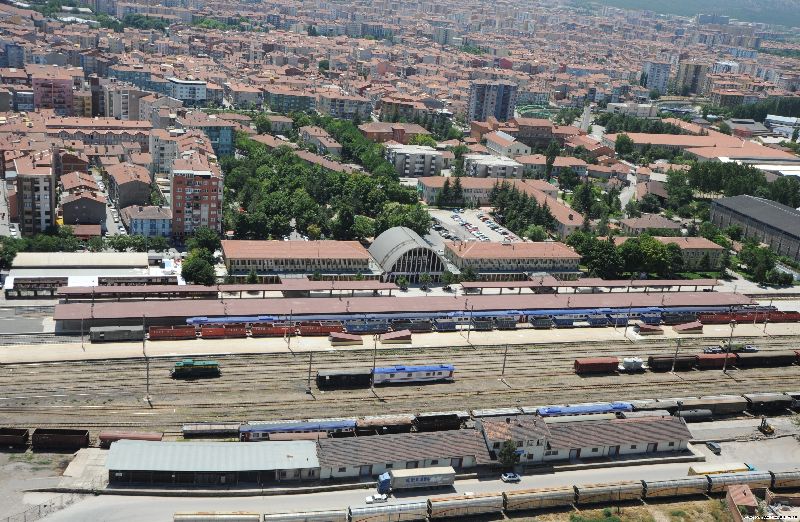
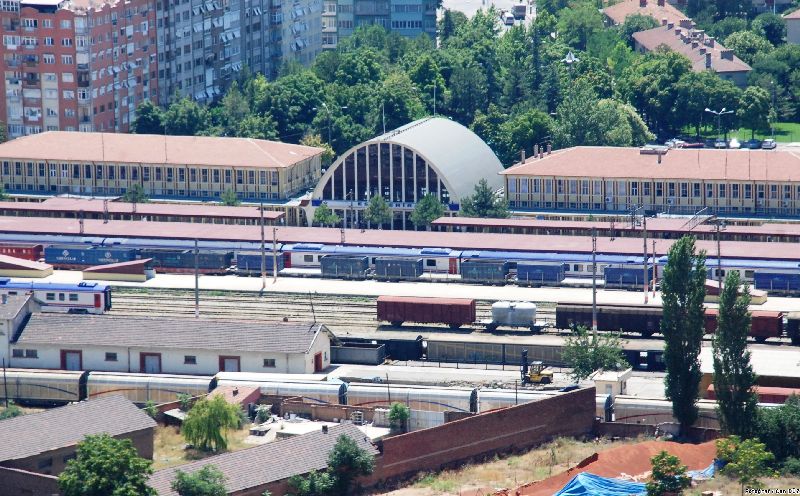

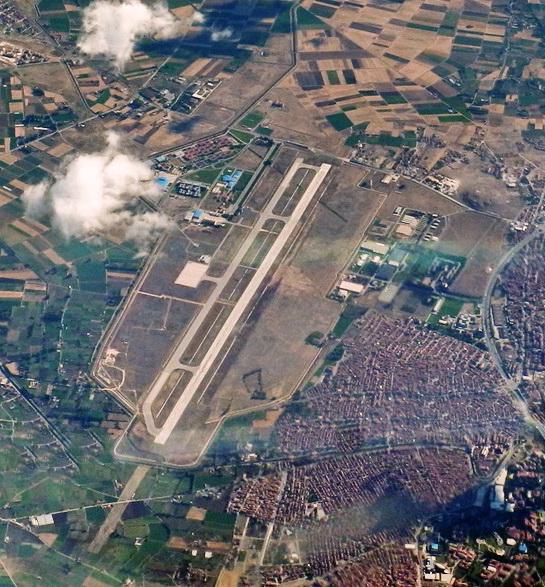
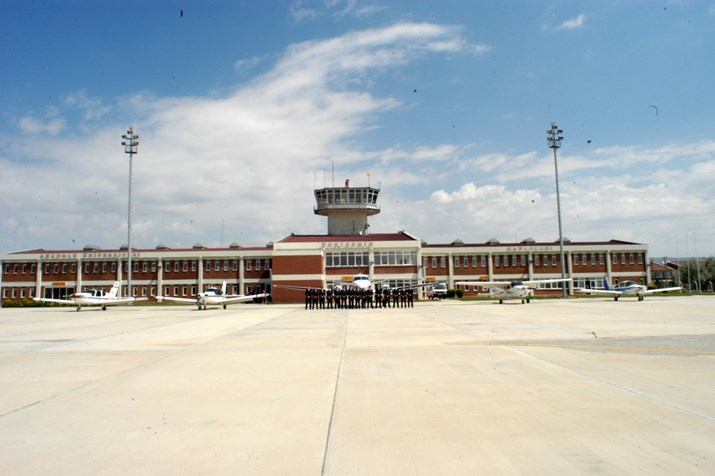
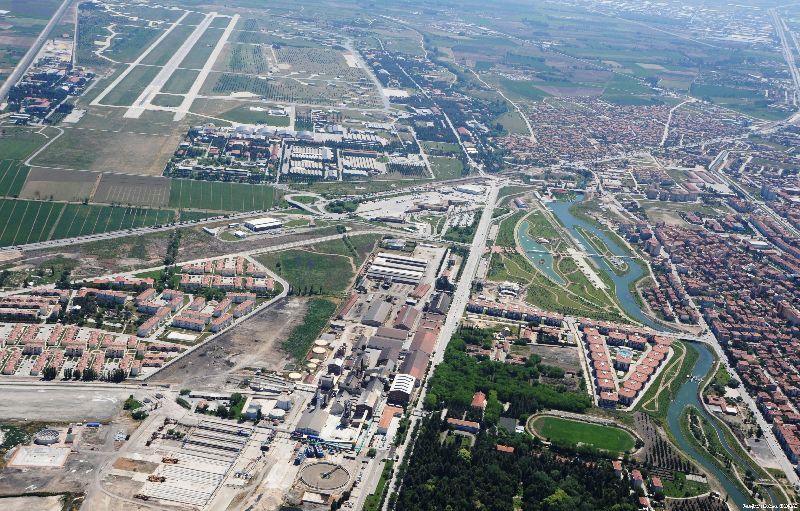
Eskishehir (en turco: Eskişehir, "Villavieja"; en latín: Dorylaeum; en griego: Δορύλαιον, Doríleon) es una ciudad al noroeste de Turquía y la capital de la provincia de Eskişehir. Tiene una población de 570.825 habitantes1 (2007). La ciudad se encuentra en el río Porsuk, a una altitud de 790 m sobre el nivel del mar, dominando el fértil valle de Frigia. En las colinas cercanas existen numerosos manantiales de aguas termales. La ciudad se encuentra en las coordenadas geográficas 39° 46' N, 30° 29' E, a 250 km al oeste de Ankara, a 350 km al sureste de Estambul y a 90 km al suroeste de Kütahya.
Historia
La ciudad se fundó por los frigios hacia el año 1000 a. C. En el museo arqueológico existen numerosos restos y esculturas. También hay un museo de la piedra espuma de mar, utilizada para fabricar excelentes pipas. En el siglo IV d. C. la ciudad se trasladó a unos 10 km al noreste, desde Karadja Hissar a Shehir Euyuk.
La ciudad siempre fue considerada por los antiguos geógrafos como una de las más bellas de Anatolia.
Al igual que muchas ciudades de Anatolia, el cristianismo llegó cuando Constantino el Grande la convirtió en religión oficial del Imperio romano. A principios del siglo IV ya hubo obispos nombrados en Eskişehir. Entonces, la ciudad se conocía como Dorylaeum. Uno de estos obispos, Eusebius, estuvo muy implicado en el desarrollo de los dogmas de la iglesia.
https://es.wikipedia.org/wiki/Eskişehir
https://en.wikipedia.org/wiki/Eskişehir
https://tr.wikipedia.org/wiki/Eskişehir
Pinche para ver las Fuentes seleccionadas
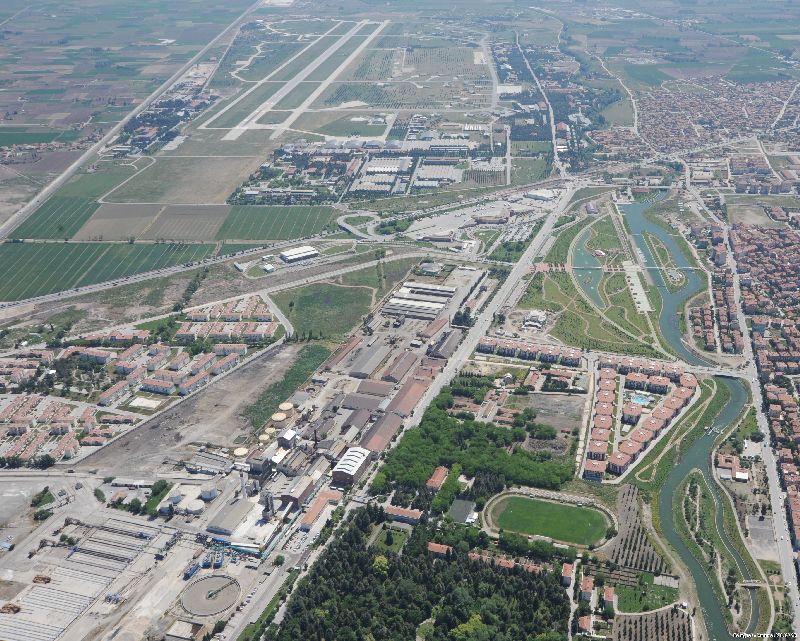

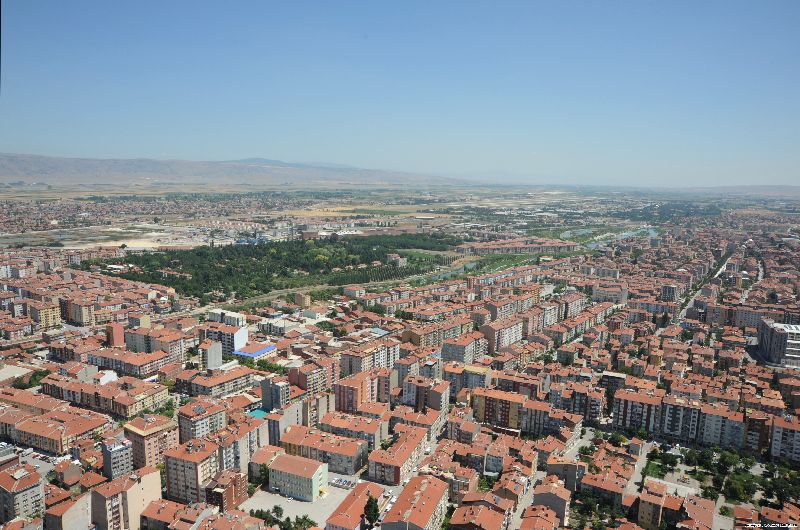
Vídeo:
Web recomendada: http://www.eskisehir.bel.tr/ebb.php
Contador: 8539
Inserción: 2016-06-09 18:45:39
Lugares a visitar en un radio de 100 km (en línea recta)
Mapa de los lugares a 100 km (en línea recta)
Mostrando Registros desde el 1 hasta el 0 de un total de 0
Visitas |
Más visitados Basílica de San Marcos 154905 Catedral de Notre Dame (París) 144196 Torre de Pisa 131548 Monte Saint-Michel 100672 Presa de las Tres Gargantas 81491 |
Incorporaciones |
Comentarios hazola Cúpula de la Roca gracias me... gera Buenos Aires las mejores fotos de la mejor ciudad del... Daniel M. - BRASIL San Francisco ... PEQUE Presa Chicoasén SERA QUE ALGUIEN ME PUEDE DAR MAS INFORMACIÓN DE ESTE PROYECTO ESTUDIO EN LA UNACH Y ES PARA UN... Mery Huaca Pucllana Muy interesante, muy buena la información y... |
 Tweet
Tweet


